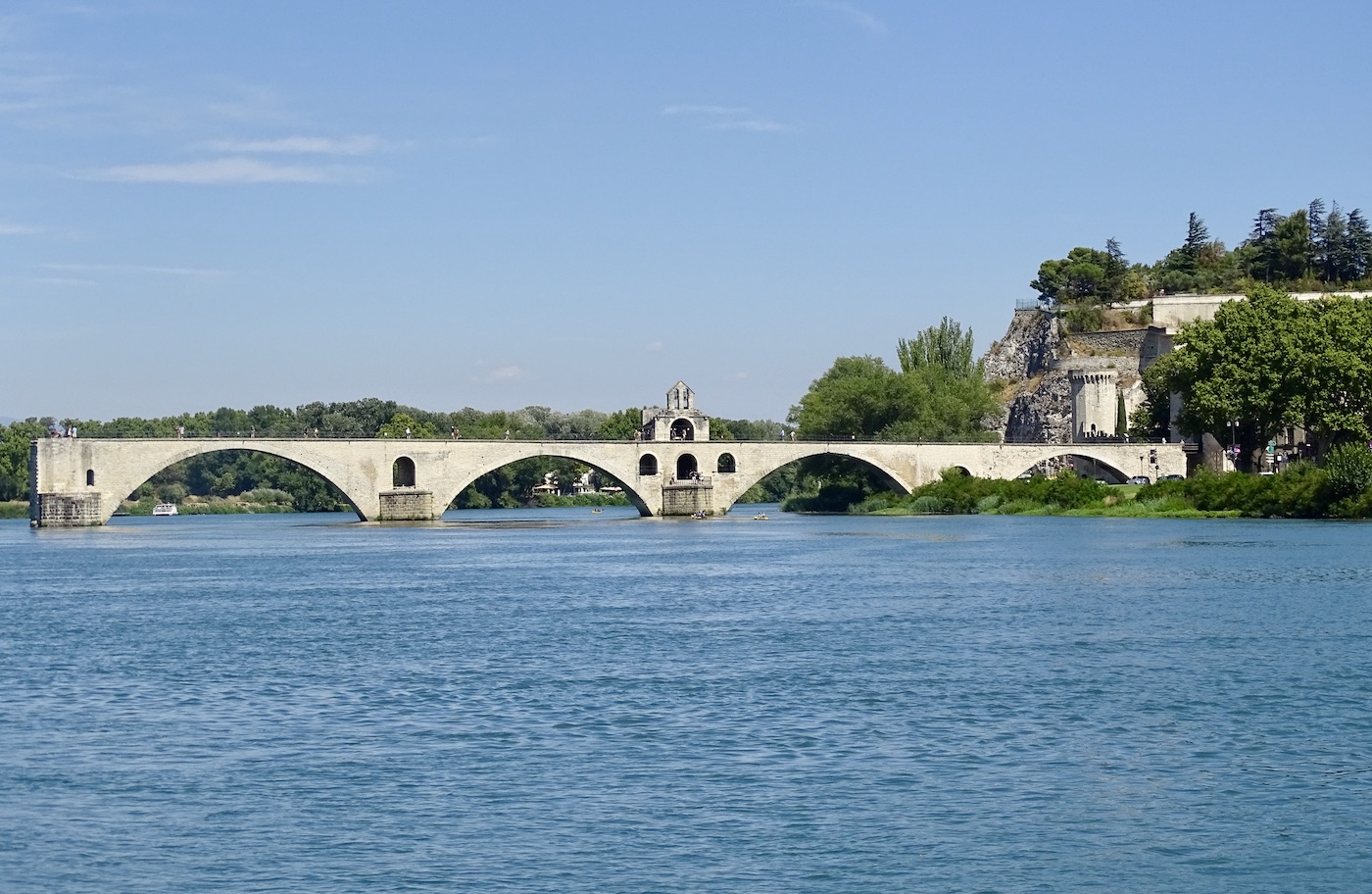After Vienne I visited the city of Avignon in Provence. This city is located in the Provence-Alpes-Côte d’Azur region of Southeastern France which was a pleasure to explore. I came to this area hoping to see the lavender fields, but I was a couple of weeks late. After I went to Aix-en-Provence and then to the beach area by St. Tropez.
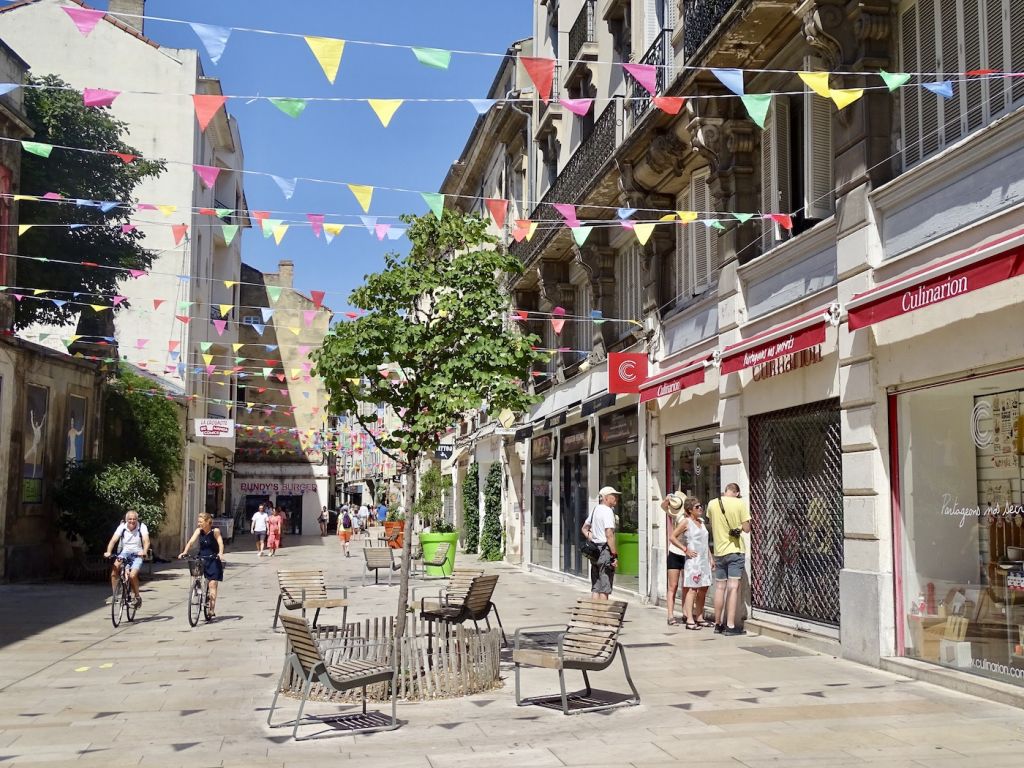
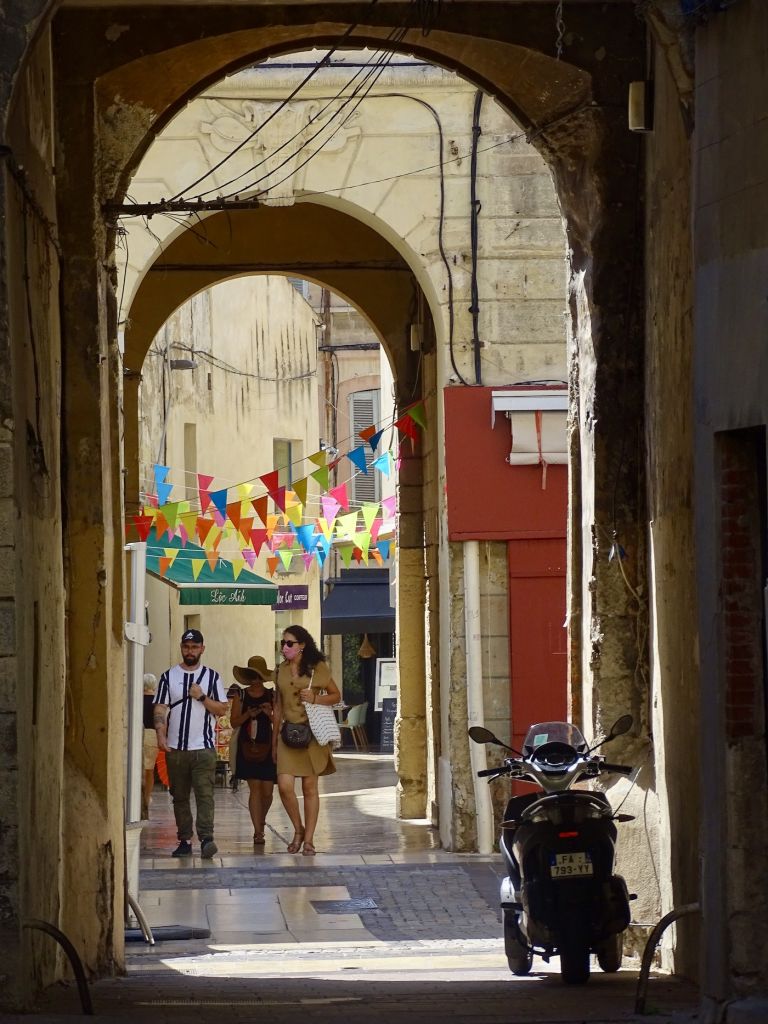
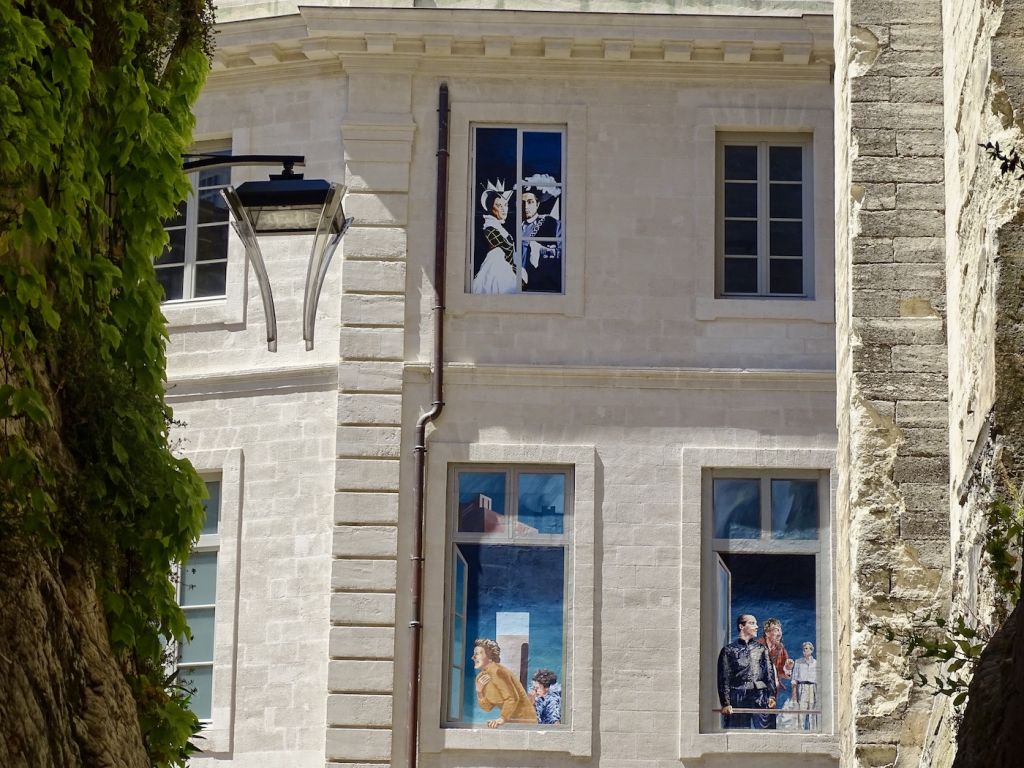
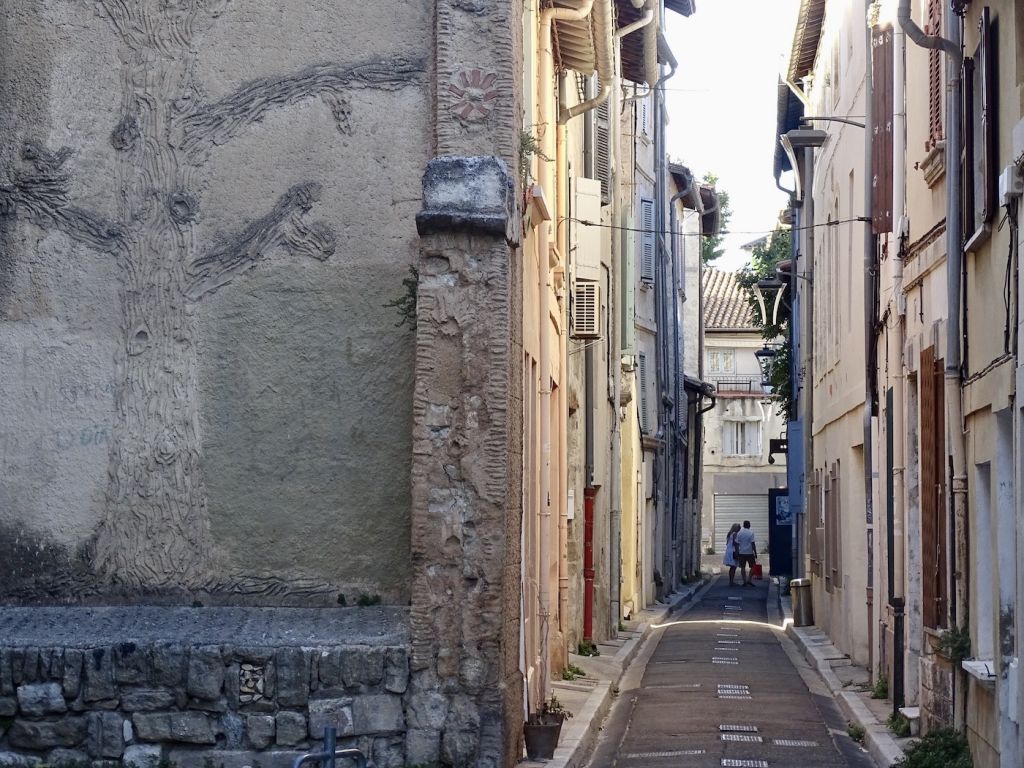
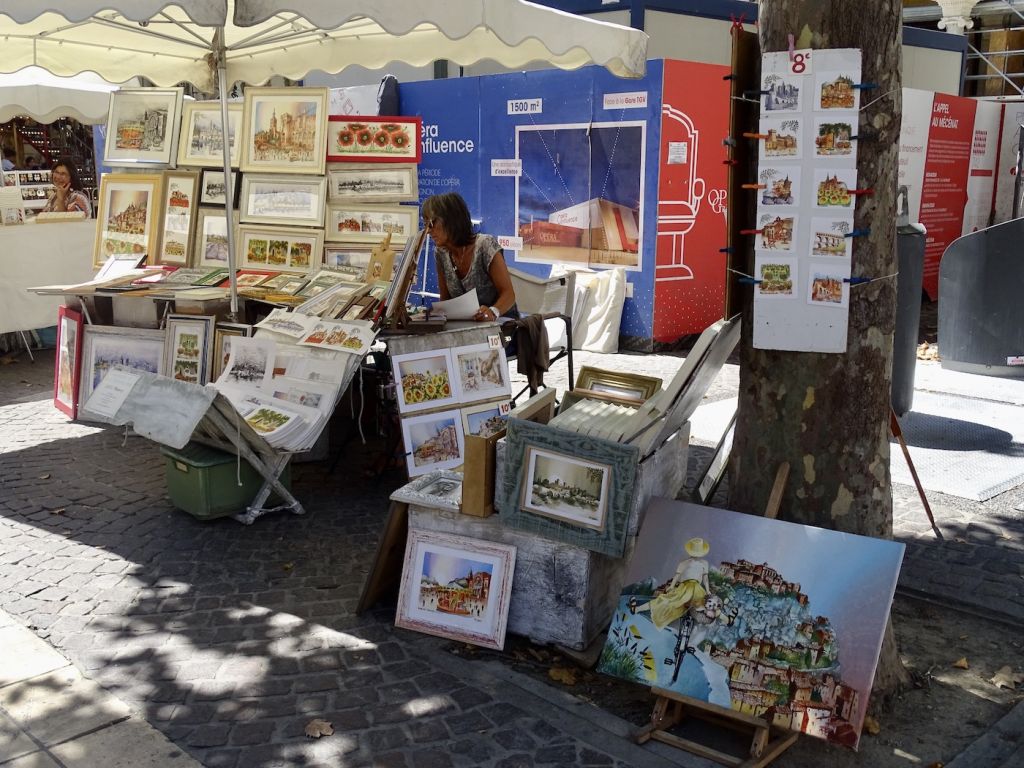
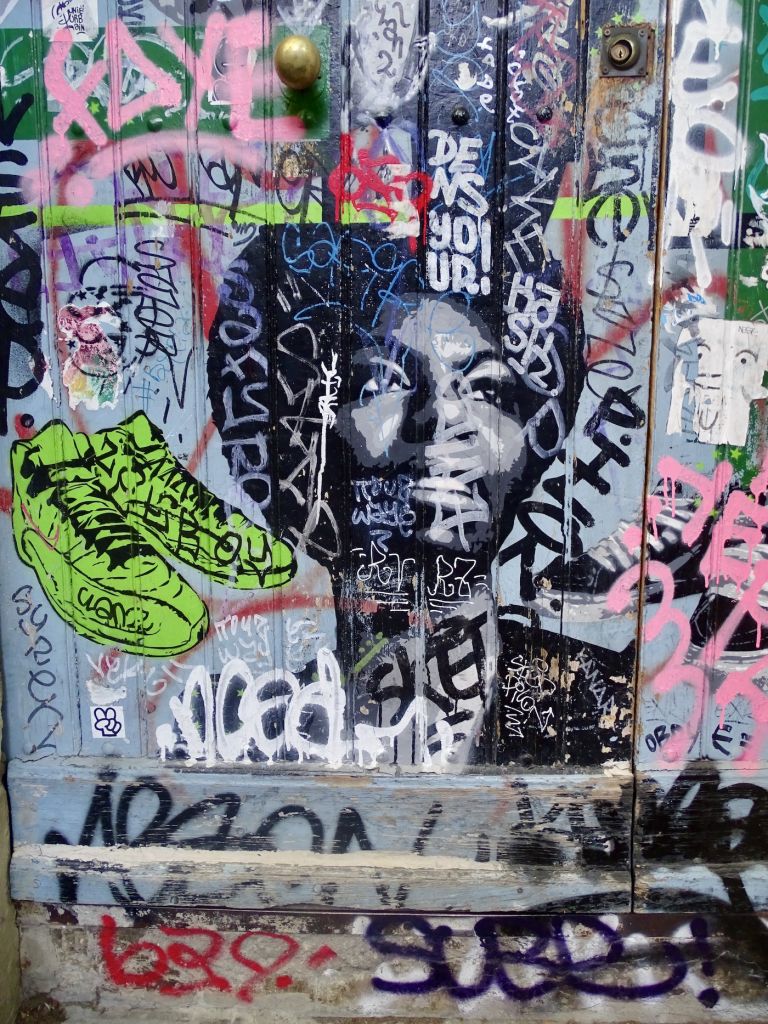

Avignon is known as the City of the Popes because the area was part of the Holy Roman Empire and a series of Popes used to live here. So there are plenty of historical churches to visit. Most historical places have signs in French that explain the Histoire de la Cité. Nevertheless, there are plenty of other things to do here (and the food is also delicious!) so I would recommend staying for two nights.
Booking.com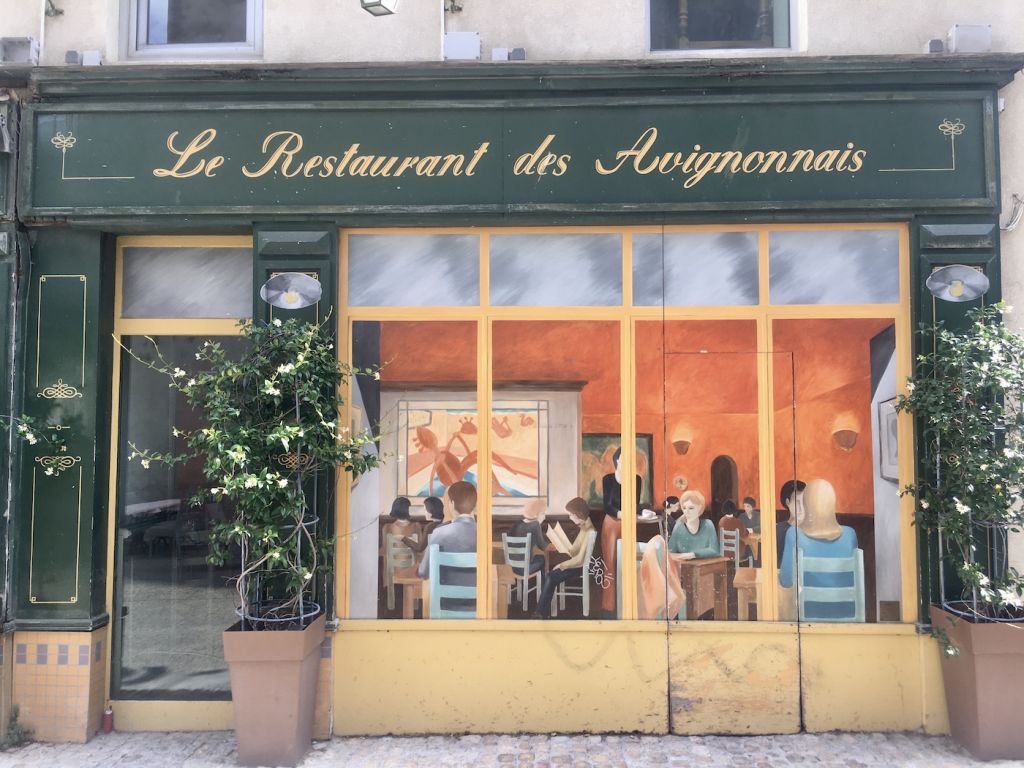
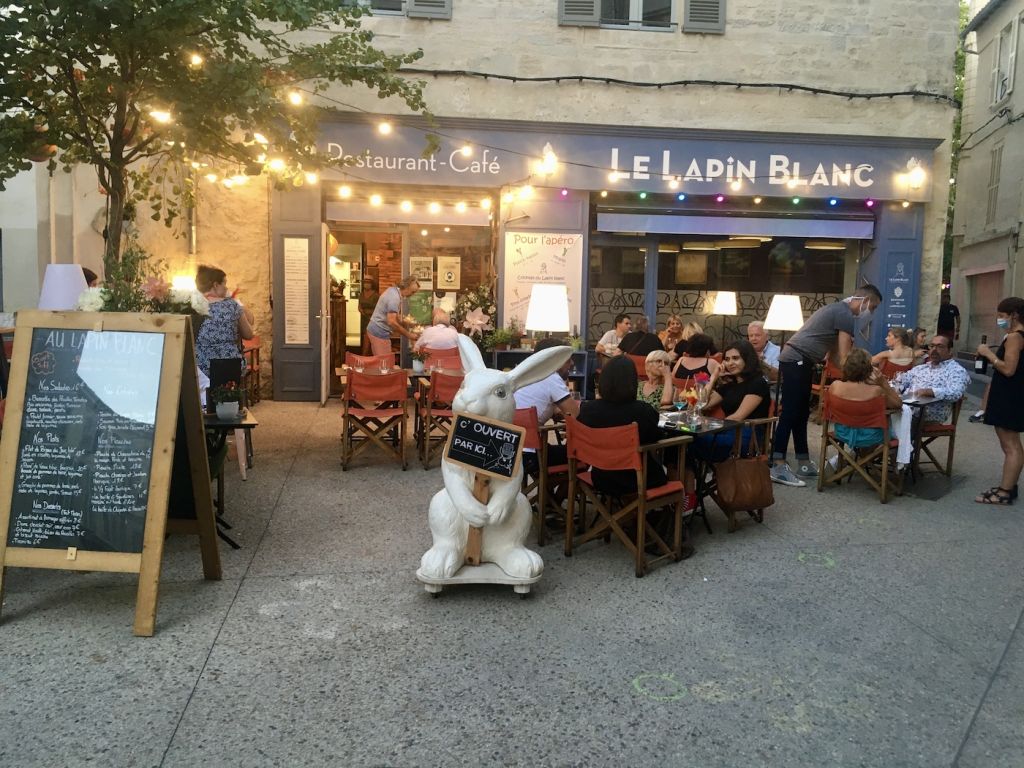
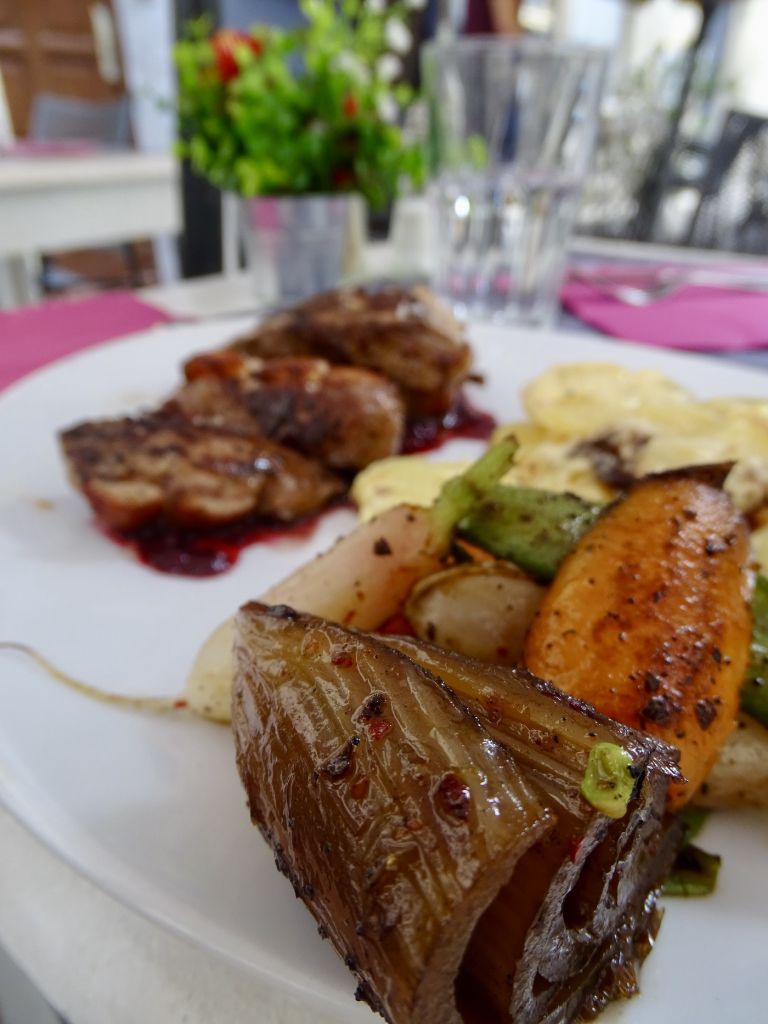
If you visit between August to October you will be able to see the Luminessences d’Avignon which is a light show that is projected in different parts of the city. The most important show is outside of the Popes Palace, which is done in English or French. Images cover the four wings of the palace narrating the story with light and music. The Festival d’Avignon, is an arts and theater festival held every July. Flocks of visitors come to see the shows given by the oldest existent festival in France.
Remparts d’Avignon
When I reached the Avignon train station the first thing I saw was an opening between two towers that gave me access into the city. The center of Avignon is enclosed by 4.3 kilometers of walls, covering a surface of 151 hectares (373 acres), making the Remparts d’Avignon the second longest continuous wall in the world, after the Great Wall of China. Local residents call the interior of the walls “intra-muros”. Construction of these 14th century walls started in 1355 during the papacy of Pope Innocent IV and finished in 1370 under Pope Urban V. Previously there were also walls with moats to protect the city from the King of France. There were walls here from the 1st century, which were built by the Romans.
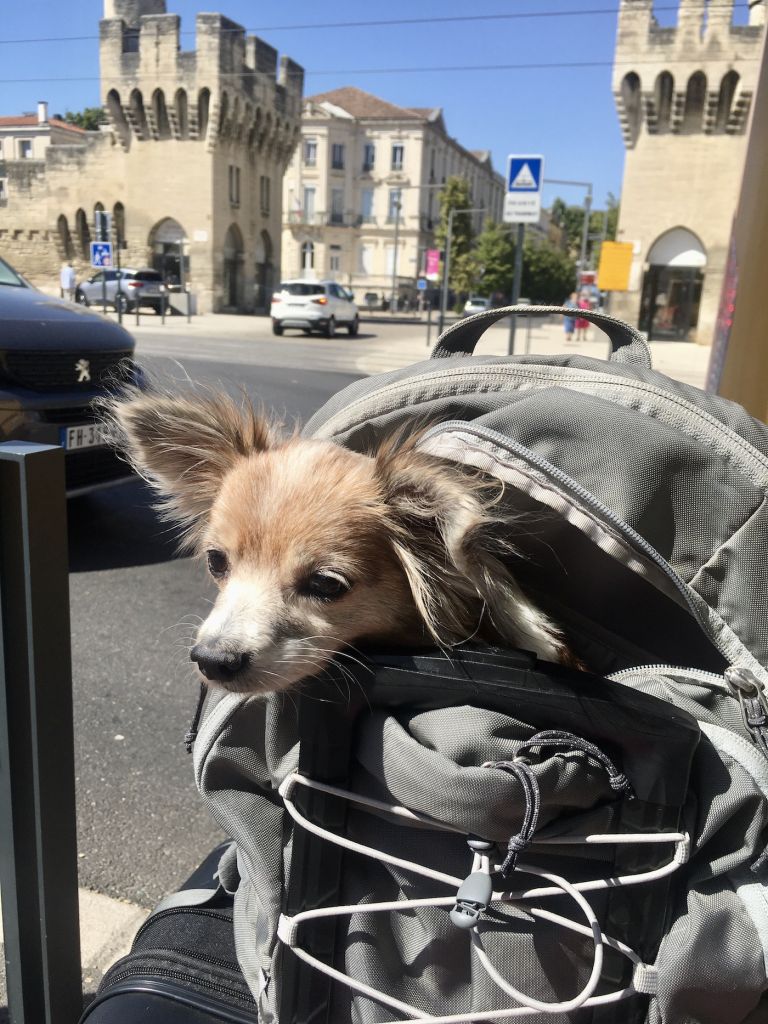
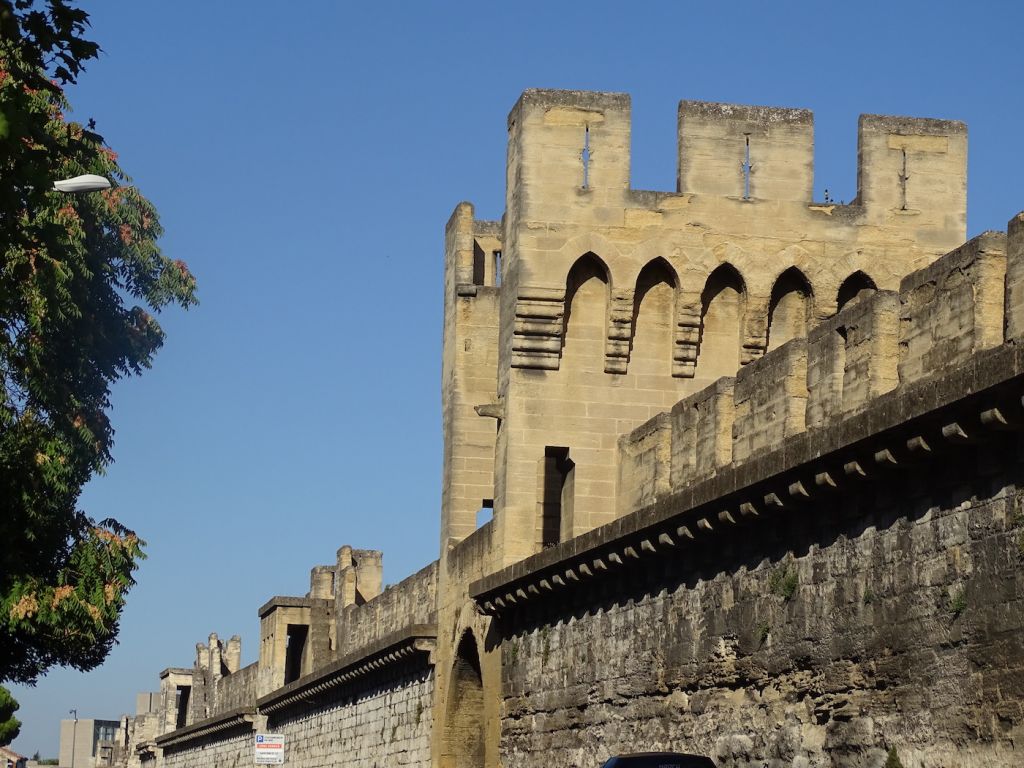
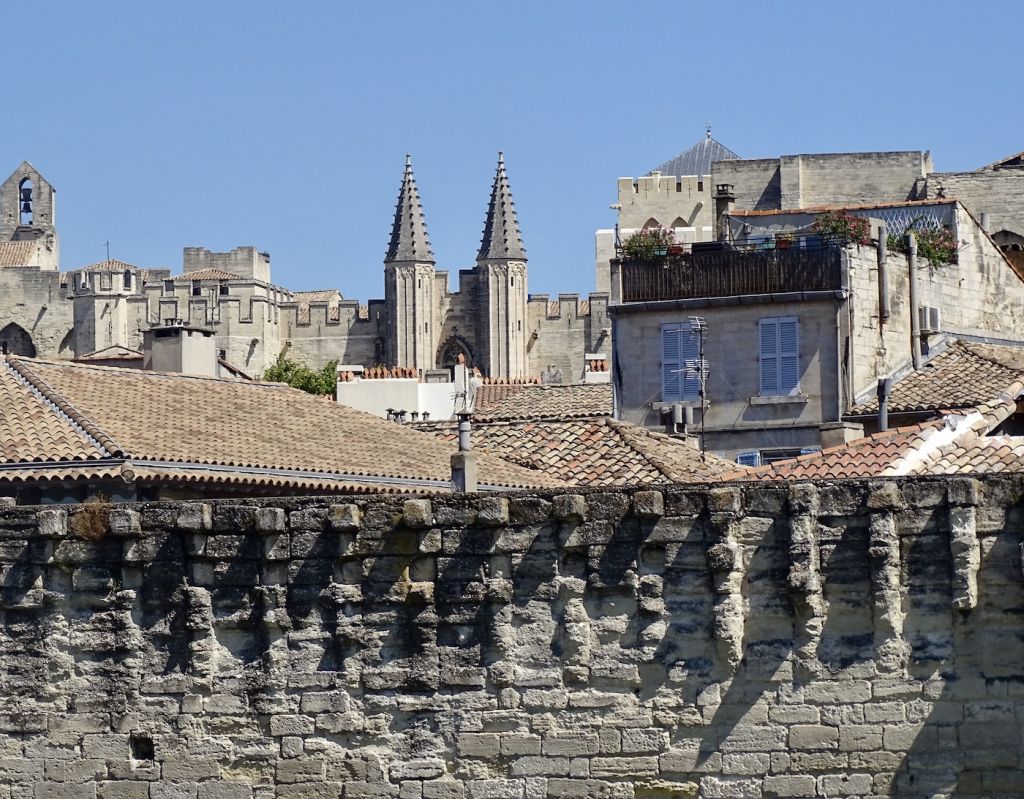
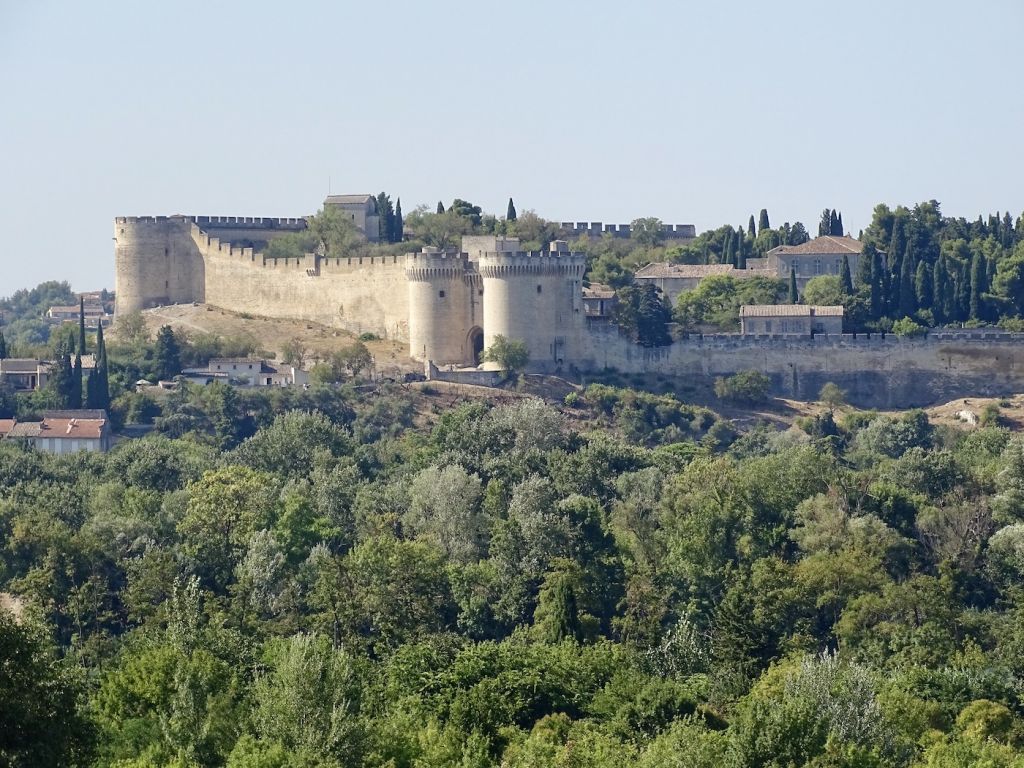
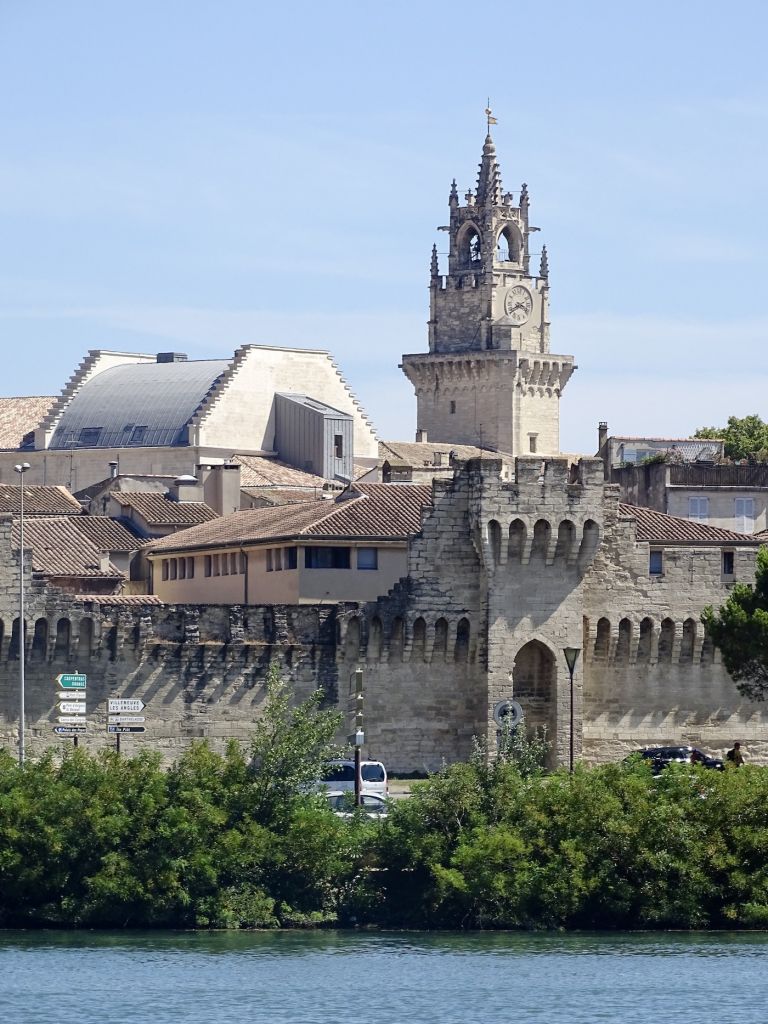
The Remparts d’Avignon have been rebuilt since the medieval era when they used to have drawbridge towers, moats and iron-studded gates. You can access the walkway via the Rocher des Doms or the Sainte-Anne staircase. The view of the Rhône from the ramparts is absolutely spectacular. They are also considered a UNESCO World Heritage site.
Pont d’Avignon (Pont Saint-Benezet)
In the 12 century, a young shepherd called Bénezet heard voices telling him to build a bridge in Avignon. According to the legend people ridiculed him, but he lifted a huge block of stone getting support for his project. Then he formed a Bridge Brotherhood to oversee its construction. This saint is buried in a small chapel on one of the bridge’s surviving piers on the Avignon side. The Chapel of Saint Nicholas sits between the second and third arches. This was the patron saint of boatmen.
The first bridge was built between 1177 and 1185 using wood or wood on top of stone piers. However, it was destroyed during the siege of Avignon by Louis VIII of France in 1226. The current Pont d’Avignon began its contraction in 1234 and was made of stone completely. It had 22 arches and 21 piers covering 900 meters. This bridge was extremely important since it was the only bridge connecting Lyon to the Mediterranean Sea. It was also the only river crossing between the Comtat Venaissin (controlled by the Holy Roman Empire) and France. Back then it was heavily guarded on both sides.
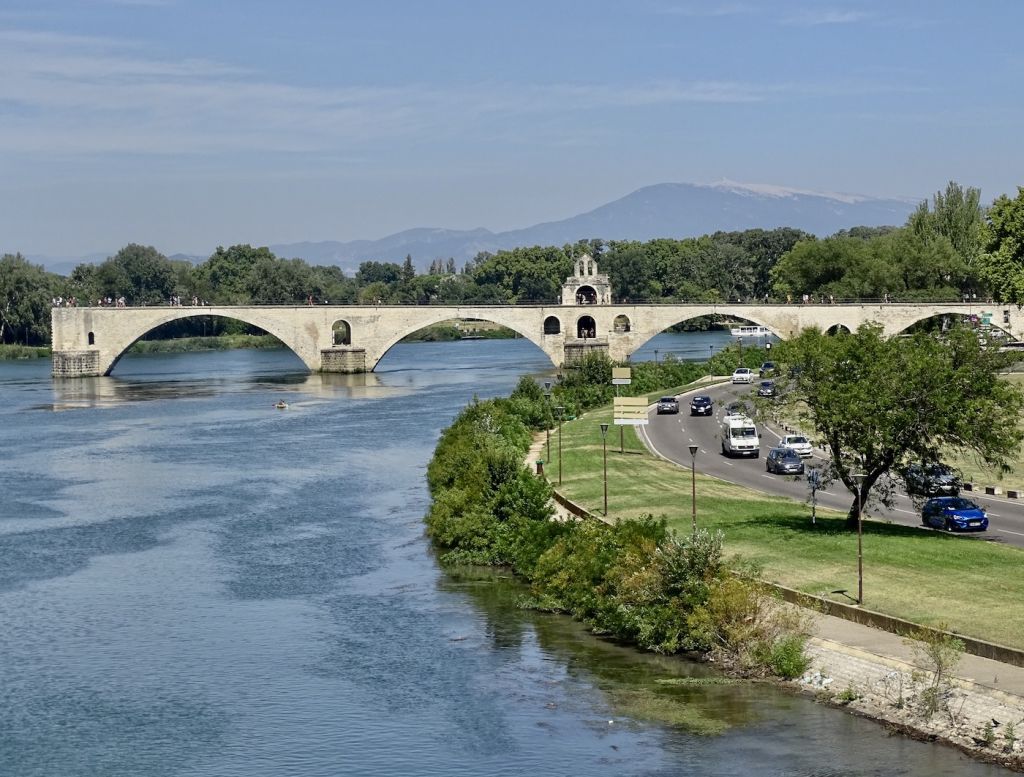
By 1644 the bridge was missing four arches and in 1669 a flood swept away more of the bridge. Now only four of the arches remain. The bridge was made famous worldwide because of the song “Sur le pont d’Avignon”. In 1995 Pont d’Avignon together with the Palais des Papes and Cathédrale Notre-Dame des Doms were included as World Heritage Sites.
Ile de la Barthelasse
It is quite easy to get to the Ile de la Barthelasse since there is a free ferry that departs about 500 meters east of Pont d’Avignon. The ferry goes back and forth all day; you will never have to wait more than 15 minutes. We took the ferry on our way back, but we walked over the Édouard Daladier bridge that gives you amazing views of the Pont d’Avignon. This island is one of the largest river islands in Europe with a length of 8 kilometers (5 miles), covering over 700 hectares (1,730 acres). We walked along the Rhône river and sat under a tree for shade. There are several campsites, a hostel, swimming pool, a skatepark and a bar-restaurant. You can tour Distillerie Manguin that distills liquors using local fruits. It is also possible to go kayaking or do stand up paddle in the river.
The Ile de la Barthelasse gets its name from a man known as Barthelucius (his real name was Jean Richard) who acquired a lease to the island in 1447. It was once an archipelago, but because of dykes and seawalls several islands fused together, including the Île Piot which since 1812 is no longer separate. There is very little construction on this island in Avignon because it has always been vulnerable to floods. In the old days it was a party destination and the famous song Sur le Pont d’Avignon (On the Bridge of Avignon) was called sous (under) le Pont d’Avignon, referring to the festivities in this island.
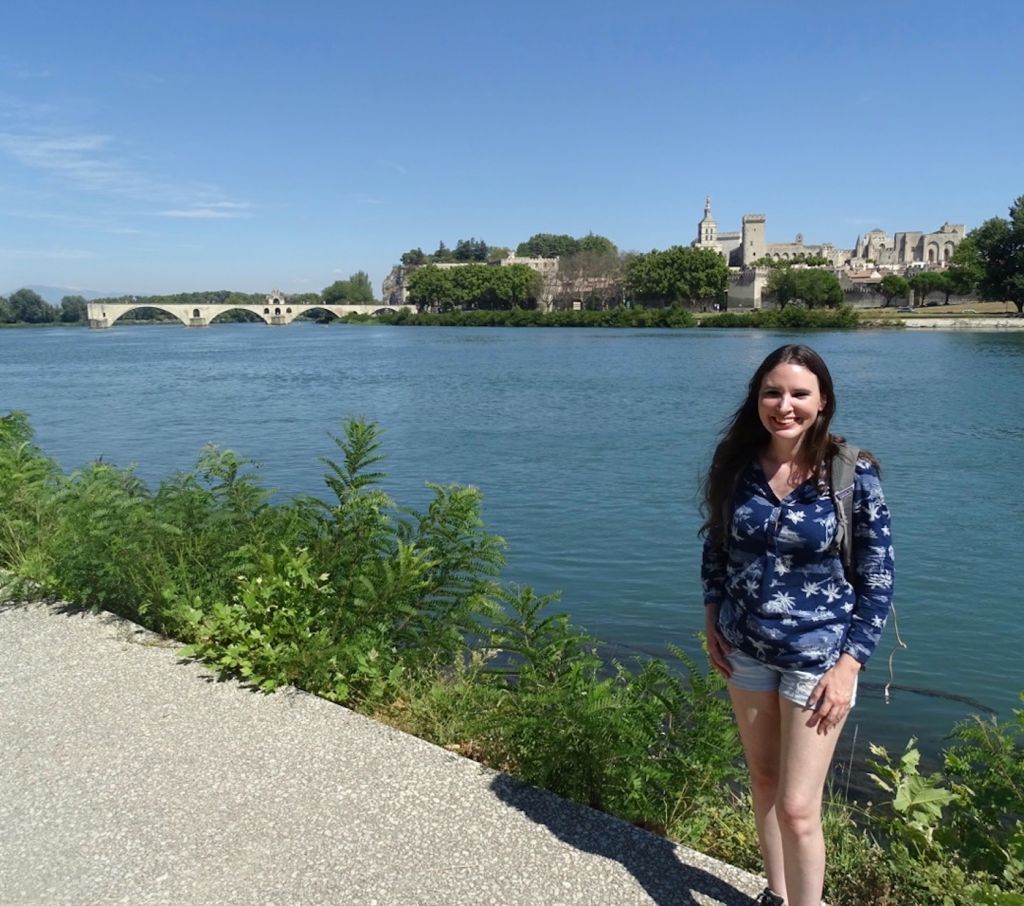
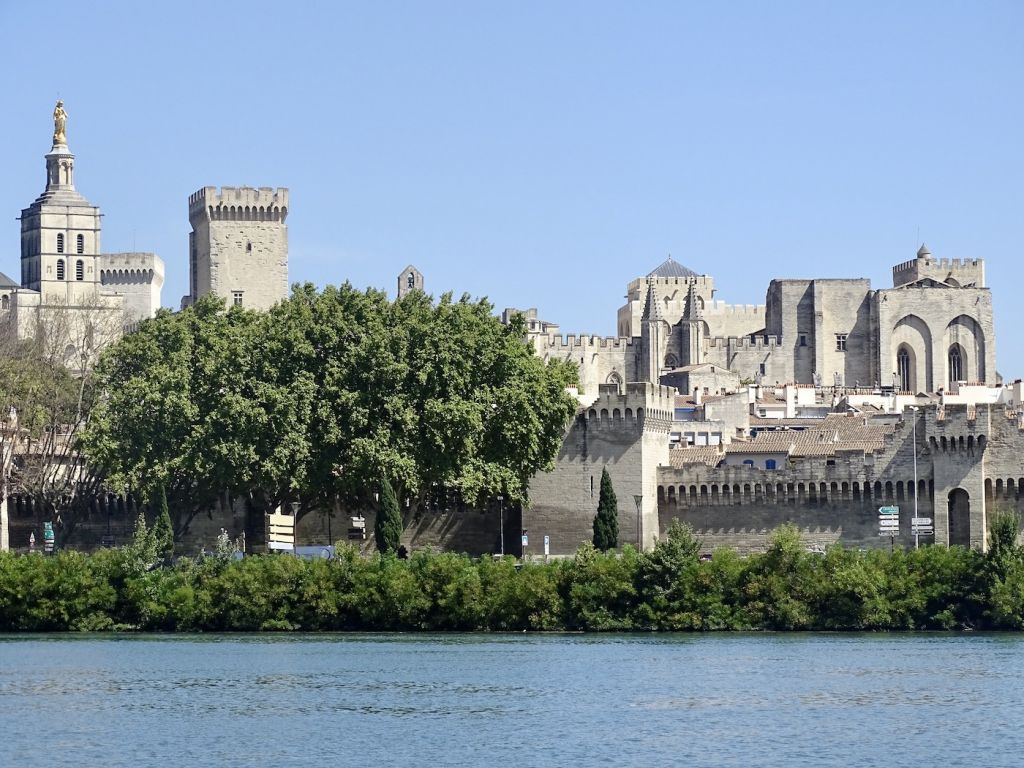
Rocher des Doms
We crossed the Rhône river from Ile de la Barthelasse to Avignon using the free ferry. Right in front of the stop are the stairs that lead up to Rocher des Doms, located on a steep cliff that is 30 meters high.This is where life in Avignon started. Archeological studies have shown human presence since the Neolithic period. During the Roman era it was also occupied and in the Middle Ages it was used by shepherds. Later the bishop built a castle that burned down, which was replaced by windmills.
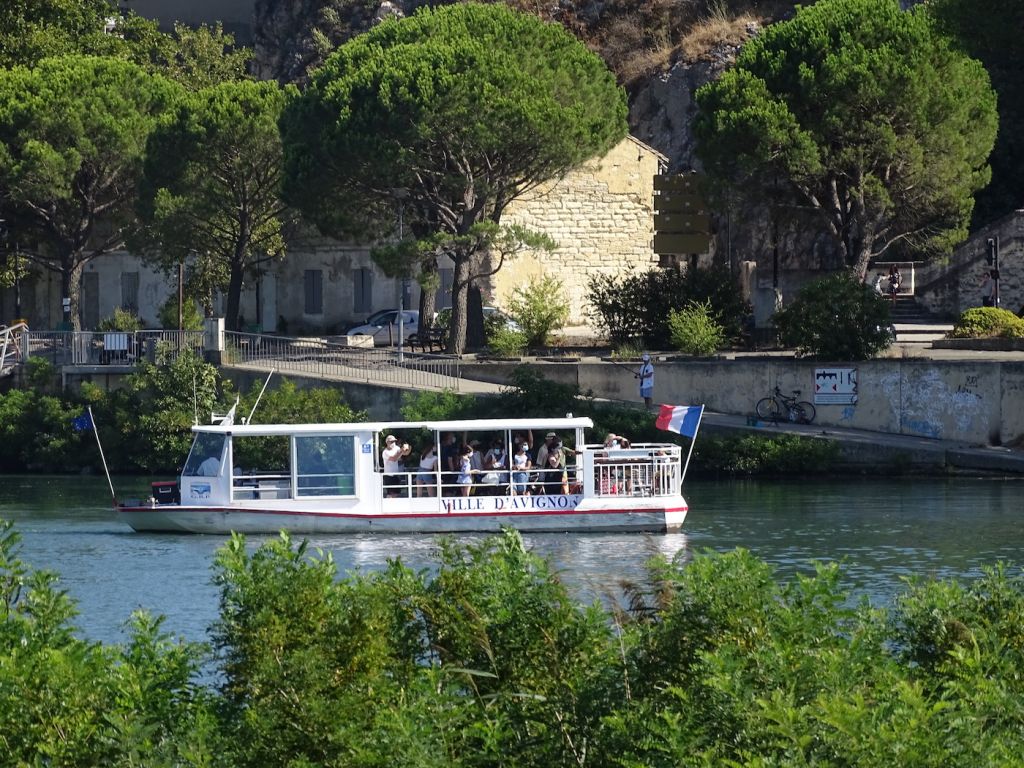
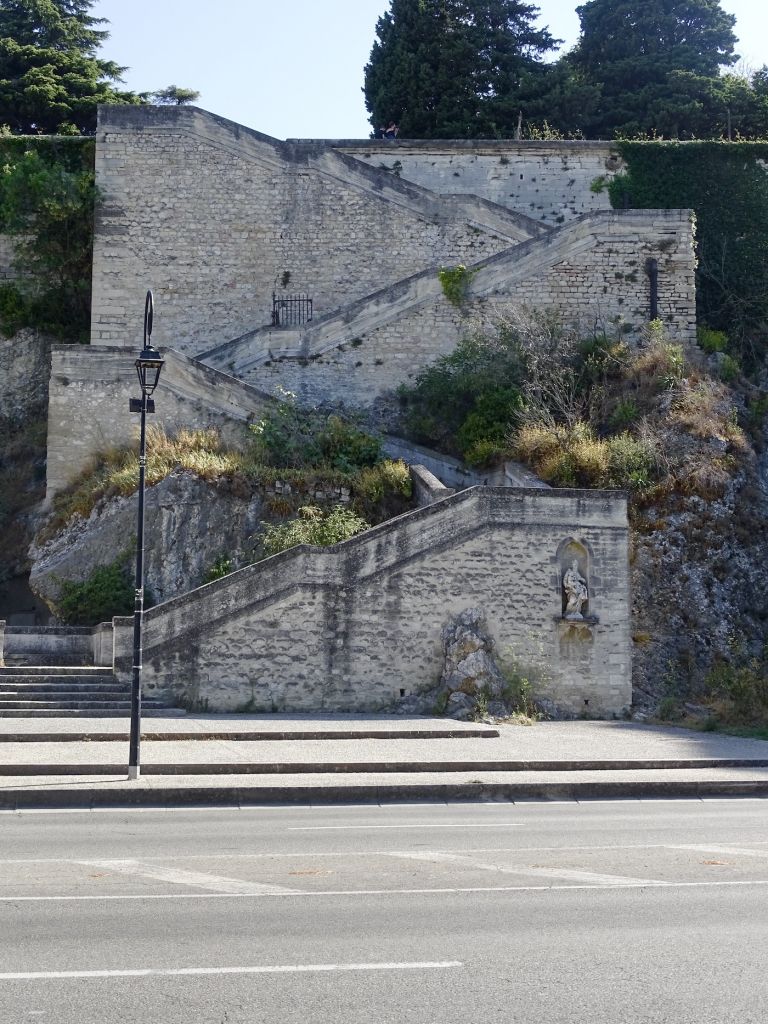
In the 19th century it became the garden we see now. It was laid out in 1830 with a reservoir inside the mountain that supplied the city with water. This garden in Avignon has 2.9 hectares (7 acres). It was designed in an English style, with a pond full of ducks and swans, as well as a statue of Venus with Swallows. Next to it is a cafe (open only in the summer season) with tables, toilets, children playgrounds and plenty of benches to relax. We continued our walk out of the park leading to the Popes’ Palace Square.

Churches and the Palace of the Popes
The Palace of the Popes is the biggest medieval gothic palace in the world with over 15,000 square feet of living space. Visitors can access 20 rooms in the palace and a garden. The palace is mostly bare in its interior because of neglect and the anti-clerical movement. Visitors can see how it was 800 years ago using a tablet that shows 3D videos. 7 French popes and 2 antipopes lived in this UNESCO World Heritage site between 1309 to 1403.
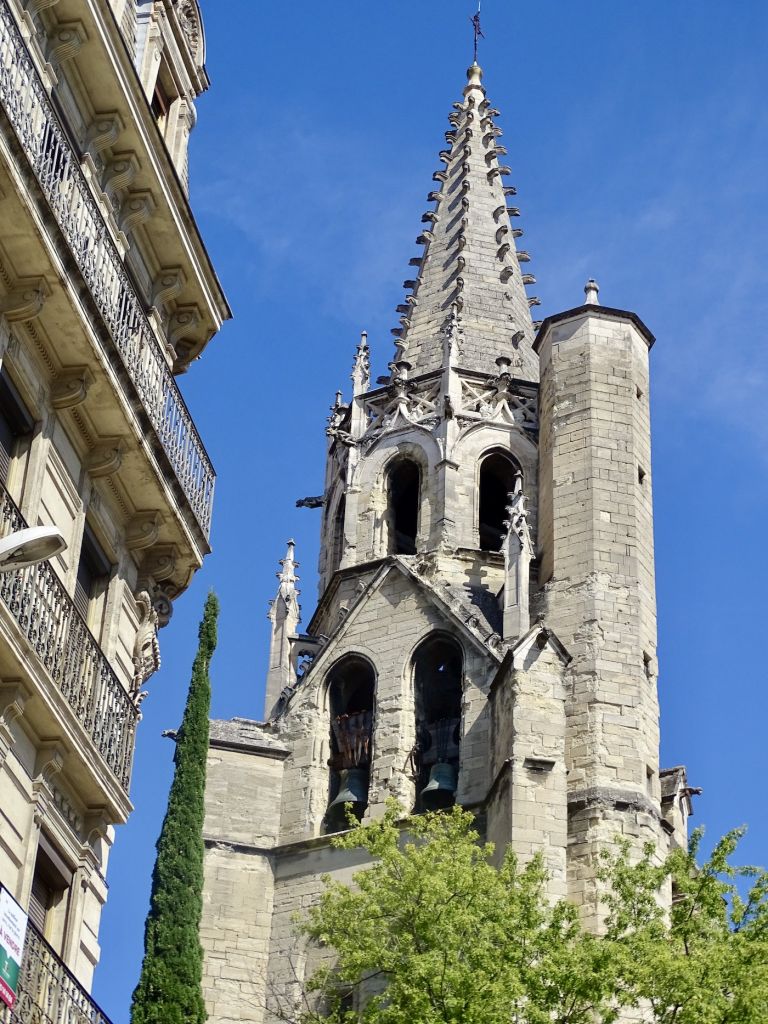
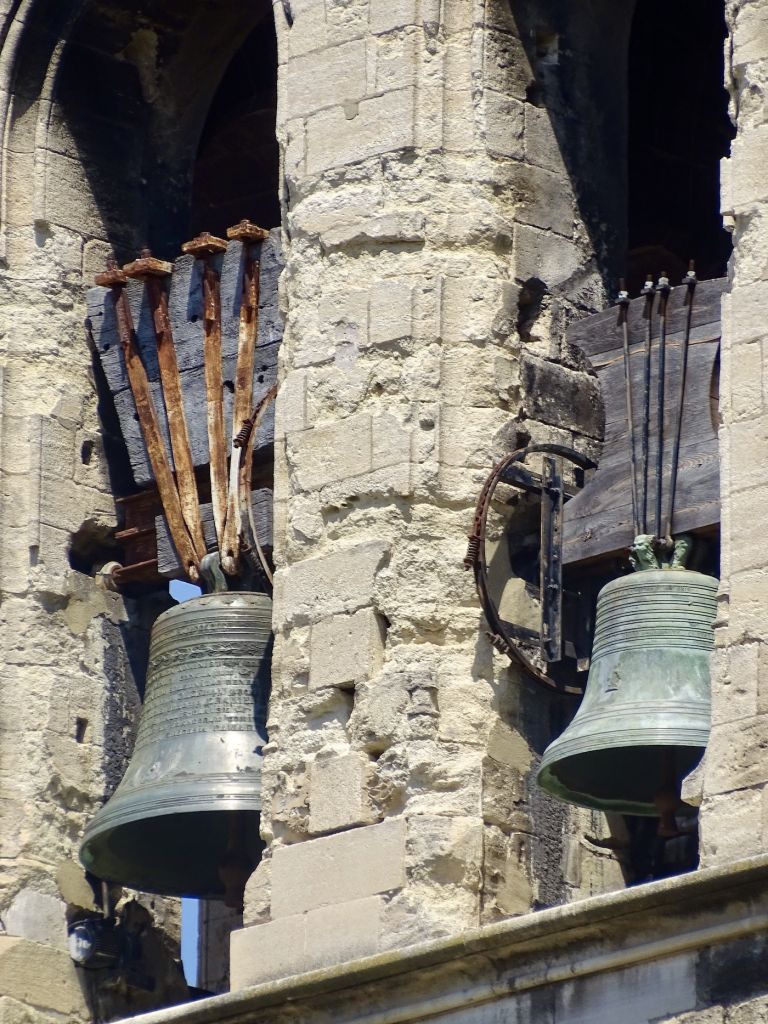
The Saint Pierre Basilica in Avignon is located in the town center. It was rebuilt in a flamboyant Gothic style in 1385. It is open daily from 10 a.m. to midnight. Cathedrale Notre-Dame des Doms is located right next to the Palace of the Popes. This cathedral is the seat of the Archbishop of Avignon. It was built in the middle of the 12th century and since 1840 is considered a historical monument of France. A golden Virgin Mary sits on top of the bell tower which can be seen from afar.
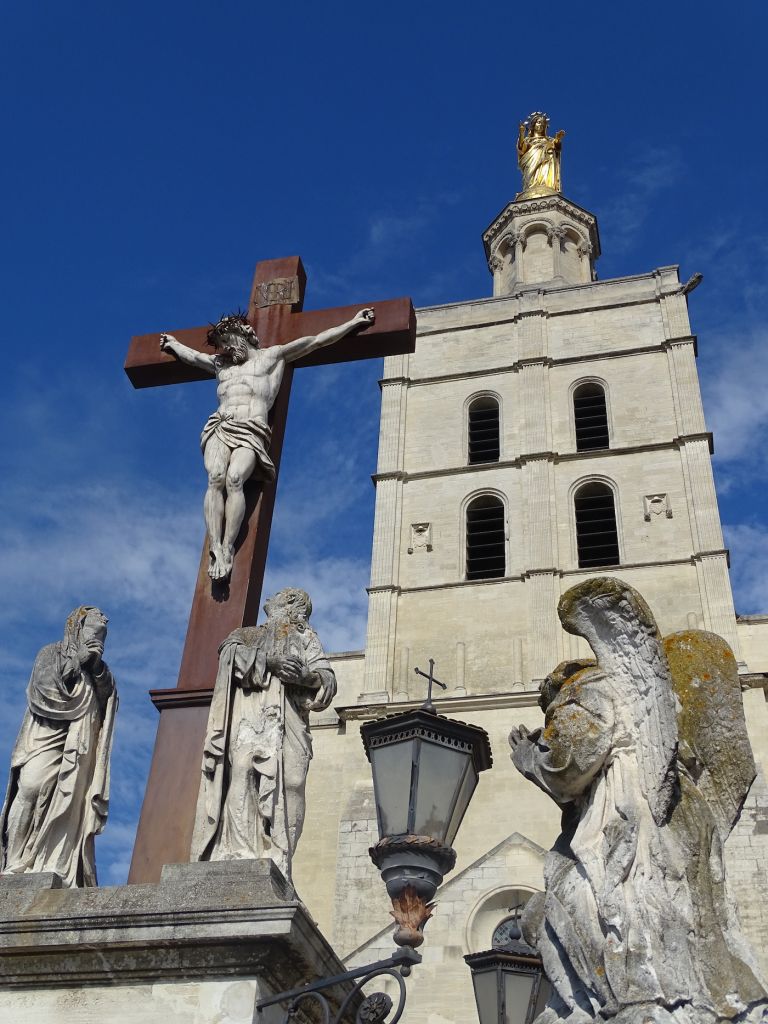
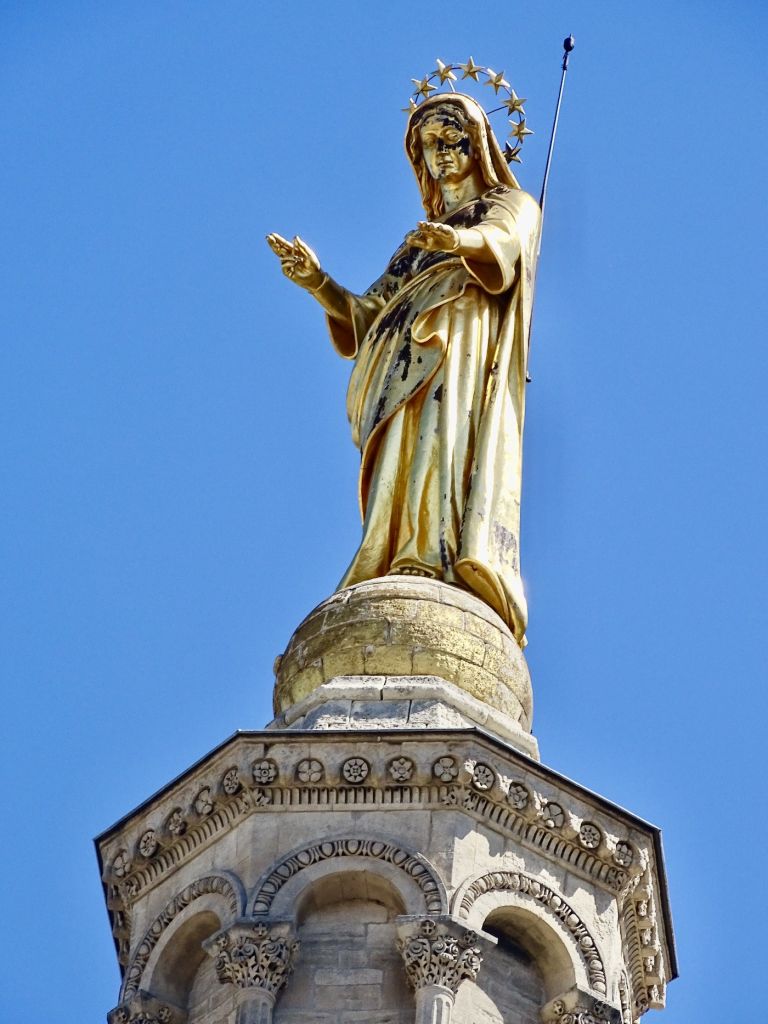
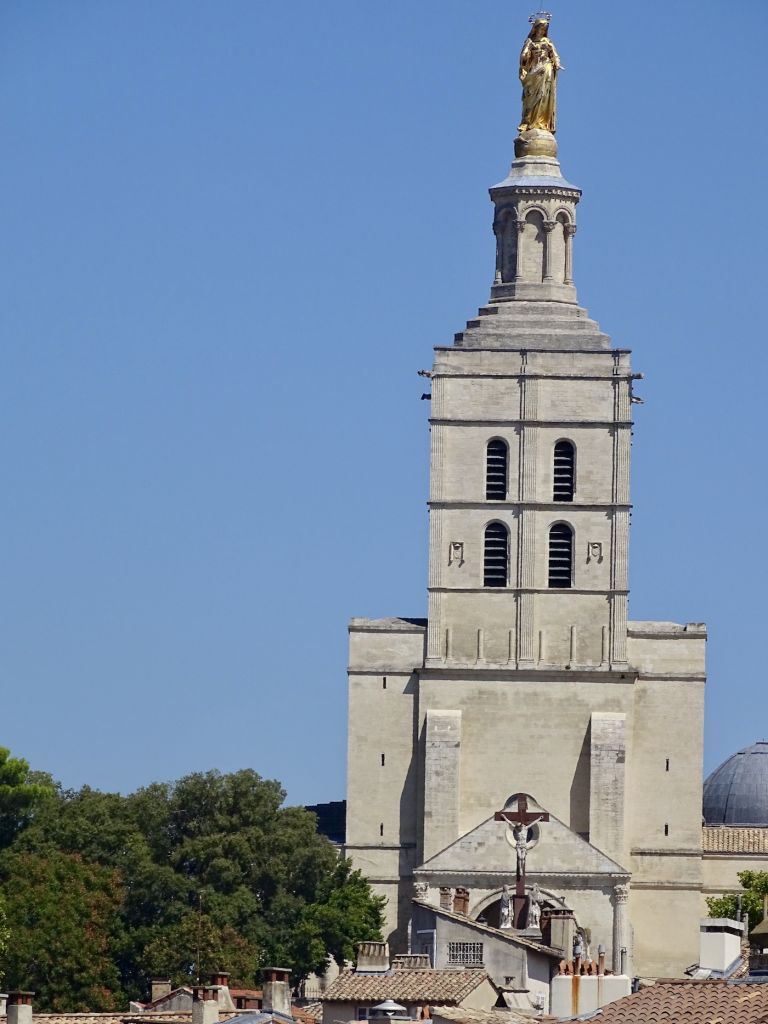
The Church of Saint Agricol, patron saint of Avignon, dates back to the 1300 and has side aisles. Inside there are tombs, inscriptions, paintings and epitaphs. It is open daily. I did not go inside but I did spend time in the Square Agricol Perdiguié which is a lovely park right in front. It has plenty of vegetation and benches to sit, as well as a cafe. My Hôtel Les Corps Saints was located right next to this church and square.
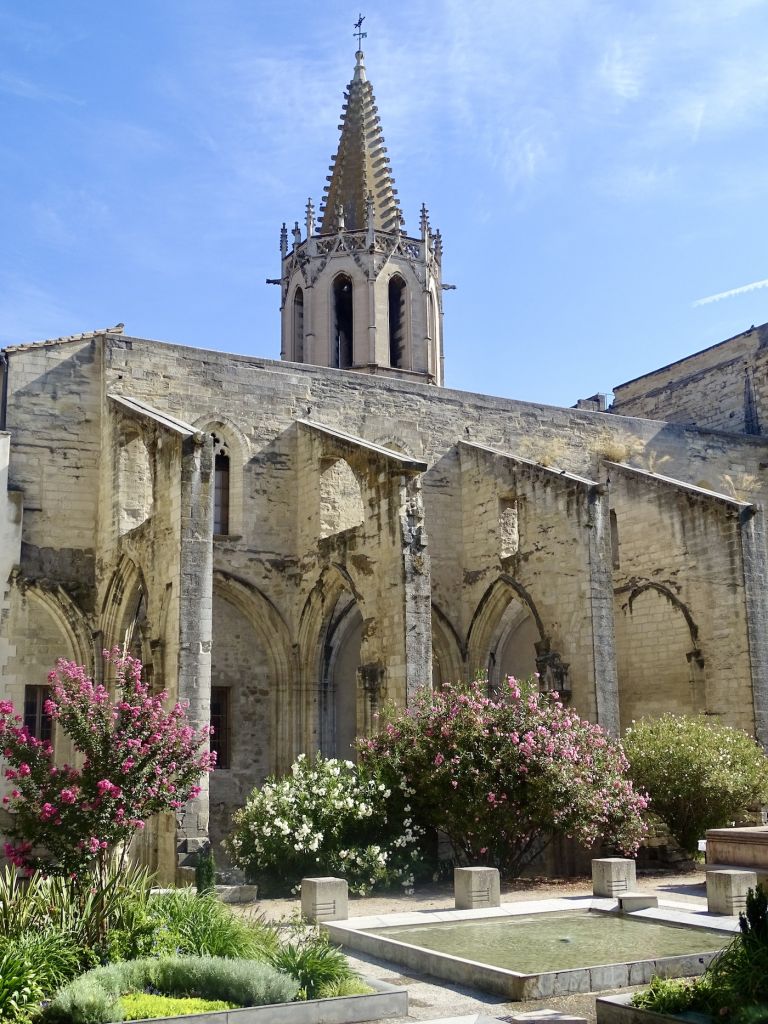
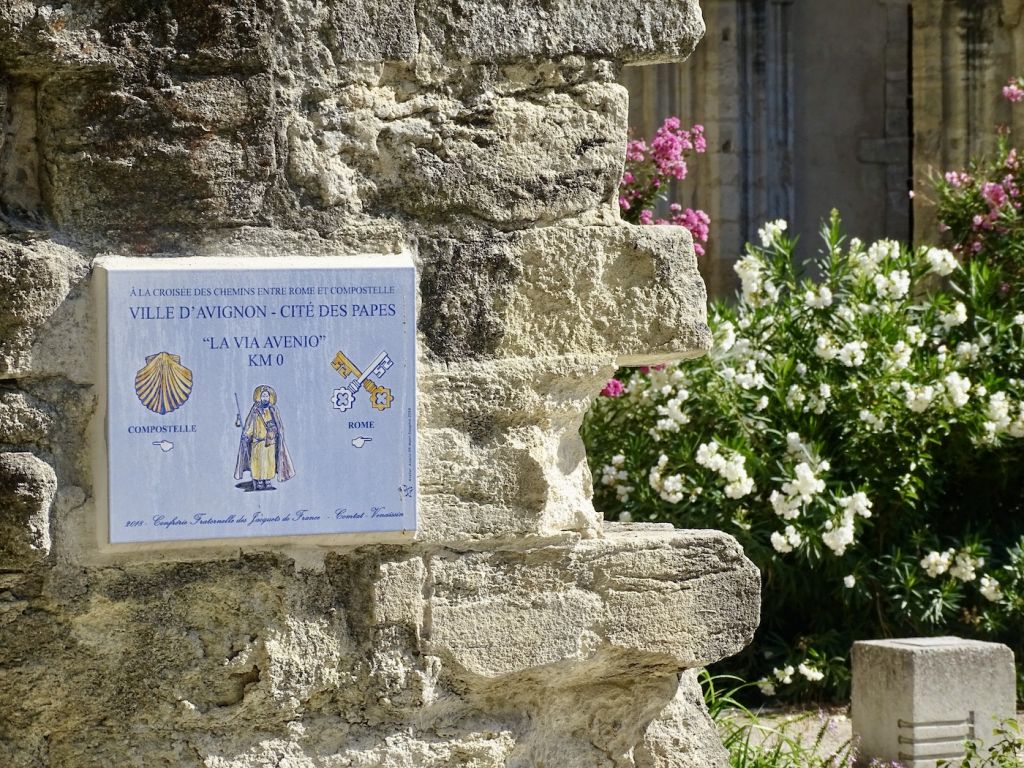
Saint Didier Church is another one you can visit daily between 8 a.m. and 5 p.m. It was built between 1356 and 1359 in a Gothic style. The building is original, but the furnishings are more modern since the Revolution confiscated many things.
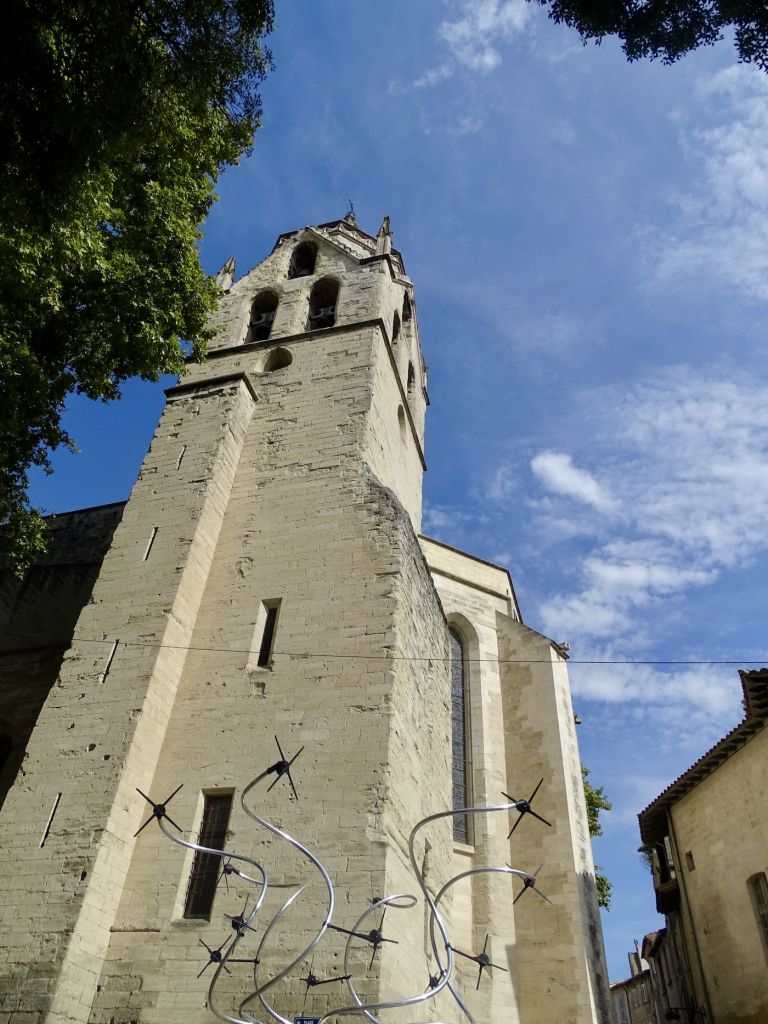
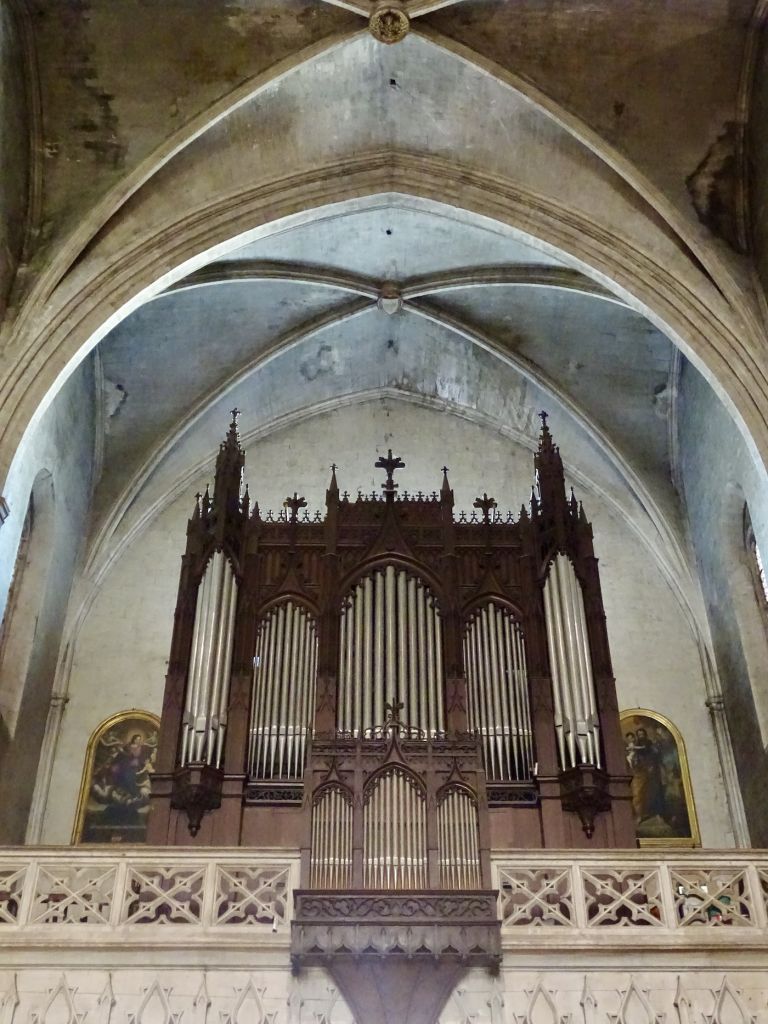
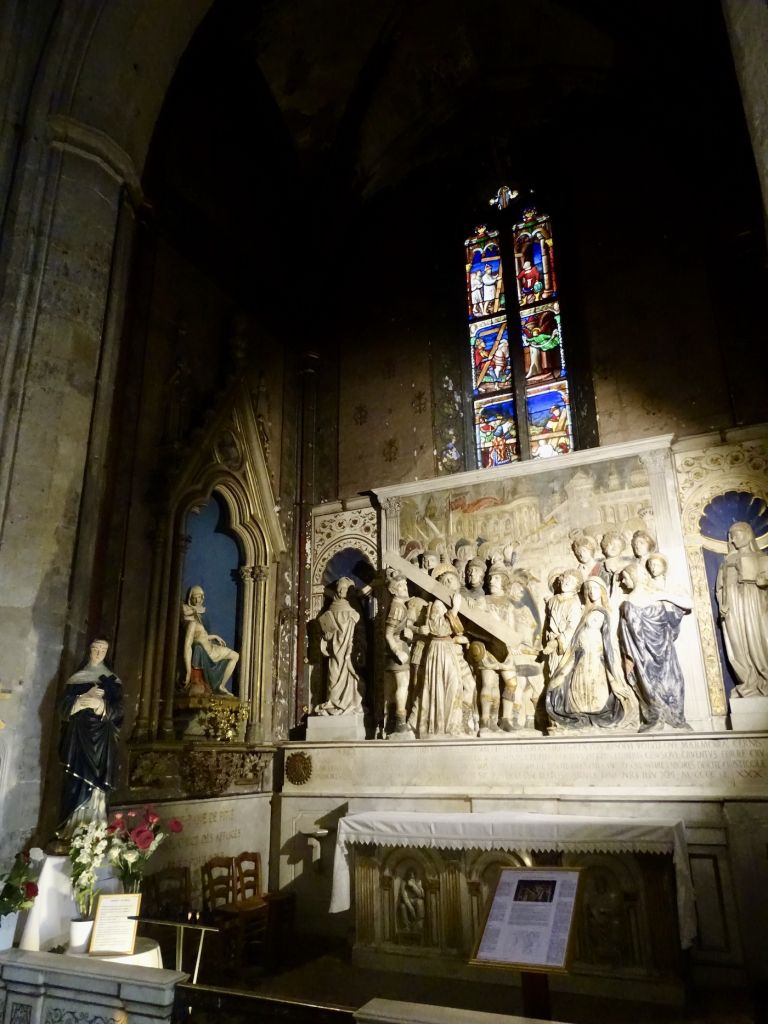
Market in Place Des Carmes
A short 10-15 minute walk, depending on where you are staying in Avignon, will take you to Place Des Carmes. It is a quiet area with shops, bars and restaurants. It has a church tower called Clocher des Augustins that has a campanile made of wrought-iron that can be seen from afar. This is the only vestige of that convent founded in 1261. There is another church called Elise Saint Symphorien les Carmes that used to be a Carmelite Convent. It is easy to miss this church since it is very plain from the outside, but the inside is quite lovely with painted wooden statues and paintings that date back to the 16th century.
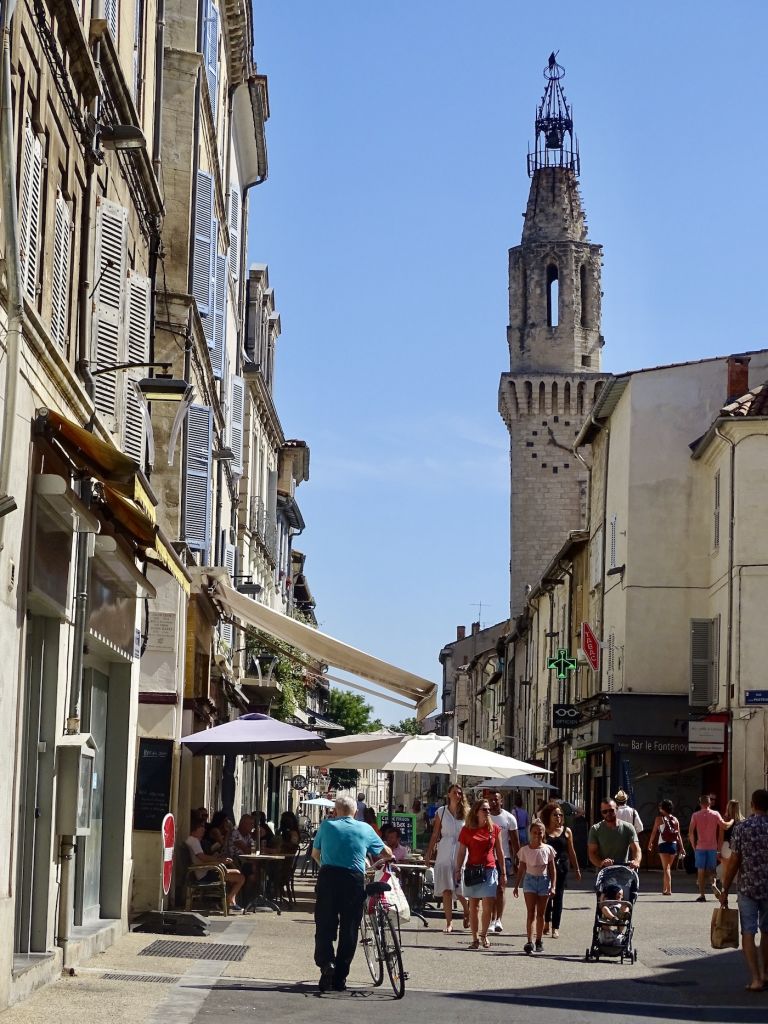
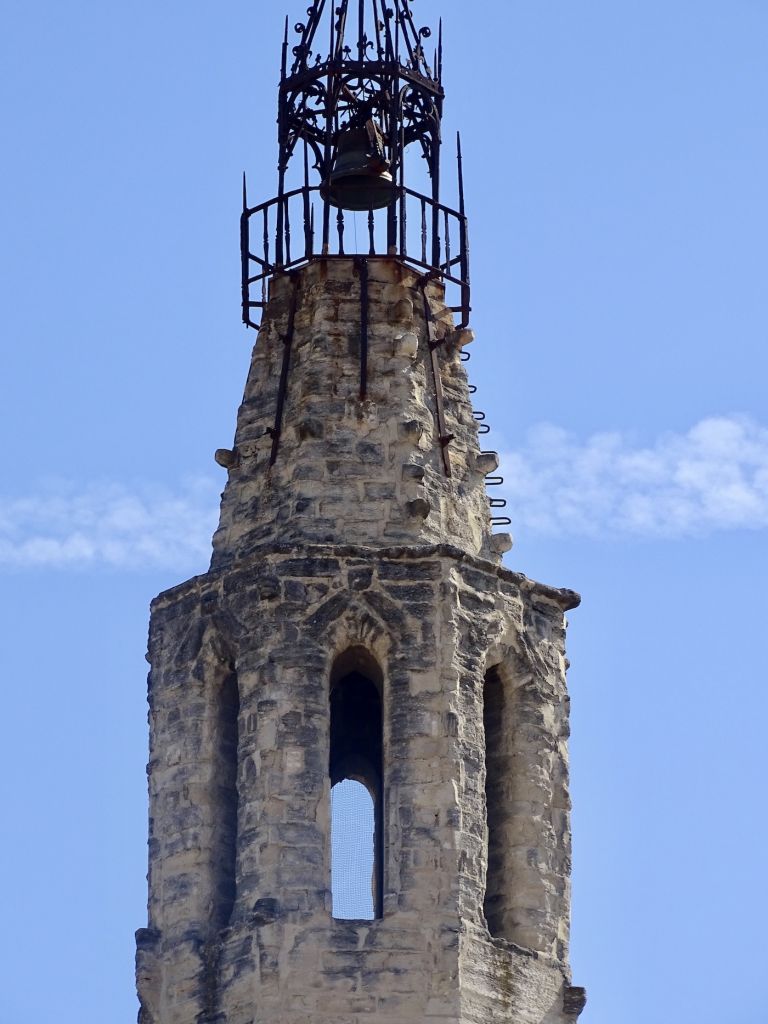
There is a garden that closes at different times depending on the season. Entrance is free of charge. My reason for going to Place Des Carmes was the flea market that takes place every Sunday morning from 8 a.m. to 1 p.m. Most of the stalls sell vegetables, fruits, plants, cheese, food, art and various things. Remember to bring cash if you want to buy anything.
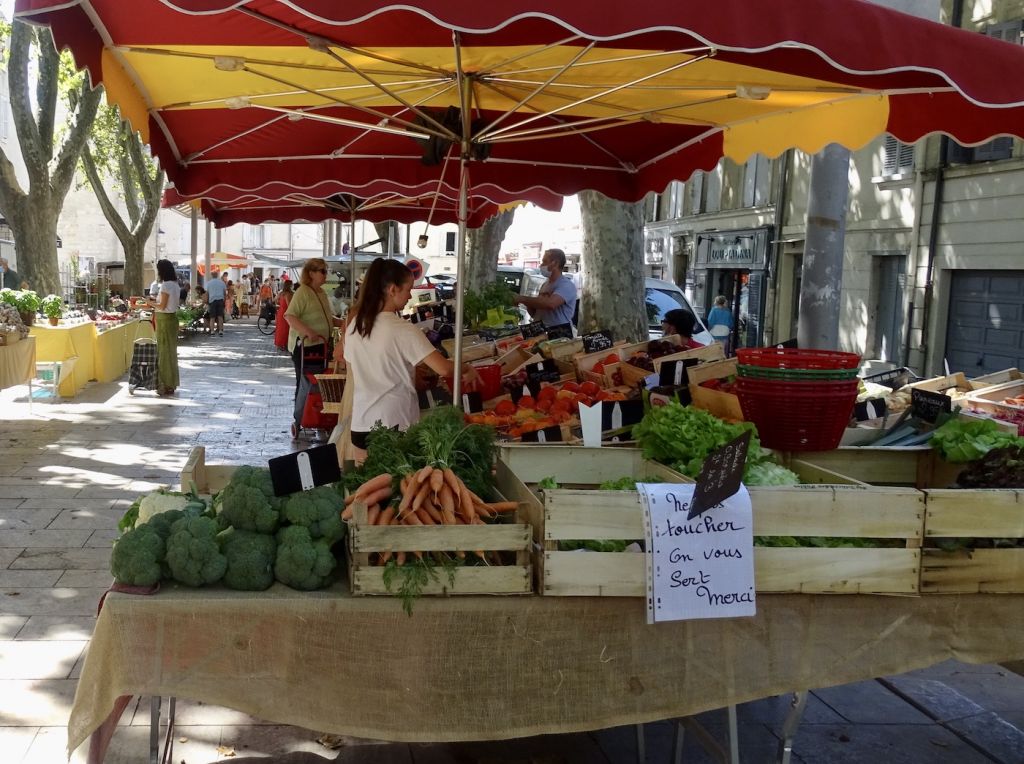
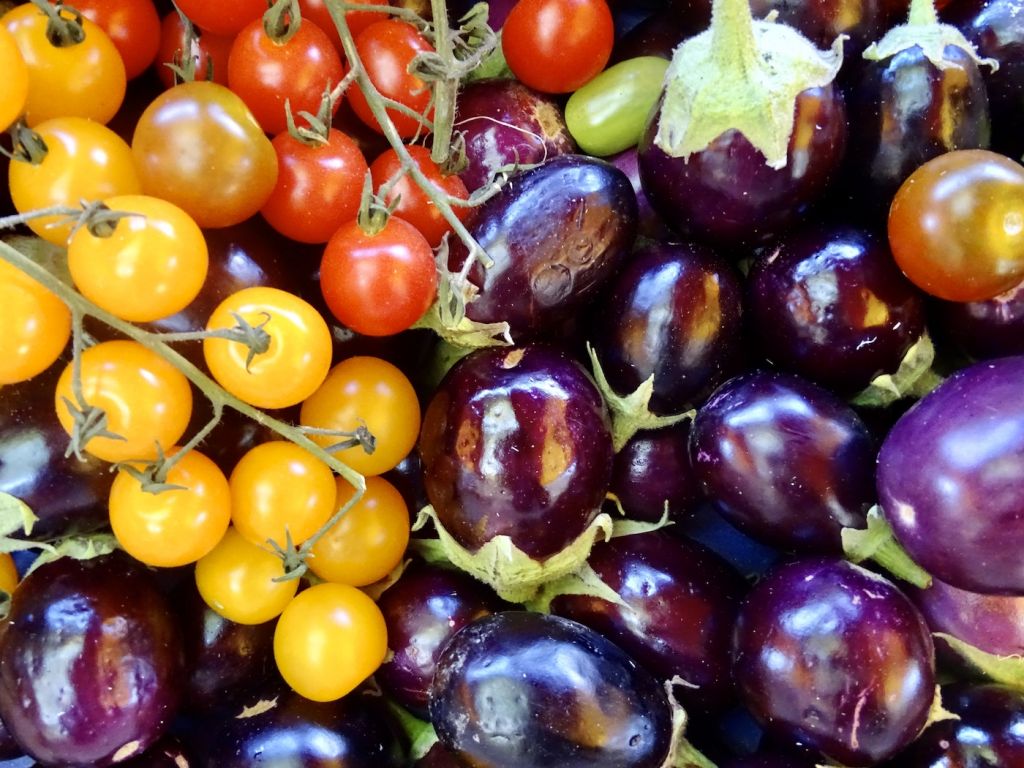
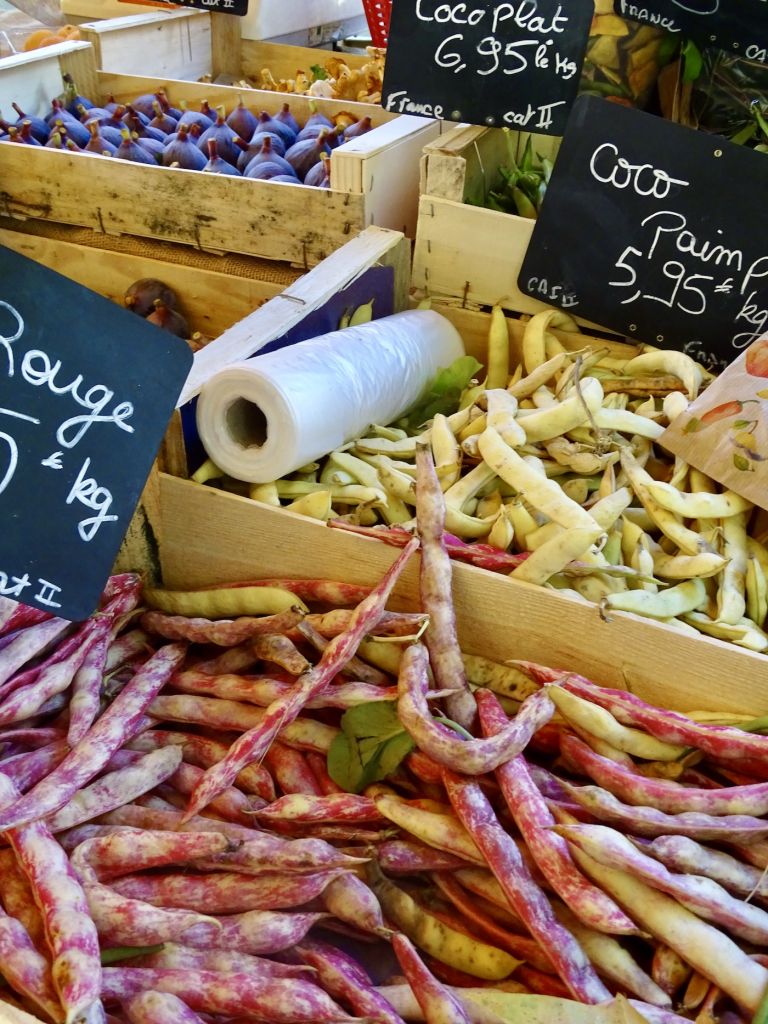
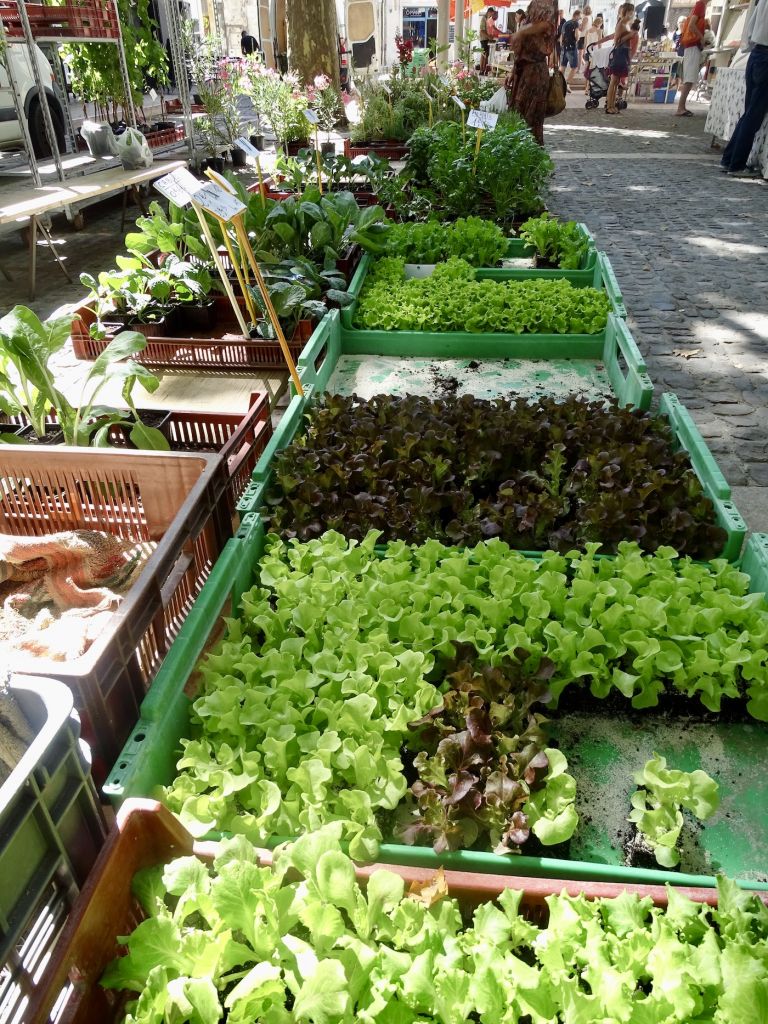
Avignon Les Halles
Les Halles Market is the most delicious place in Avignon. Food in Provence is simply superb! You can visit this market daily (except on Mondays) from 6 a.m. to 1:30 p.m. on weekdays and 2 p.m. on weekends. Every Saturday from 11 a.m. to noon, local chefs give a demonstration on how to prepare dishes with products from Les Halles. There are over 40 stalls selling amazing cheese, spices (made me think I was back in Israel), olives, meats, fruits, vegetables, wines and more.
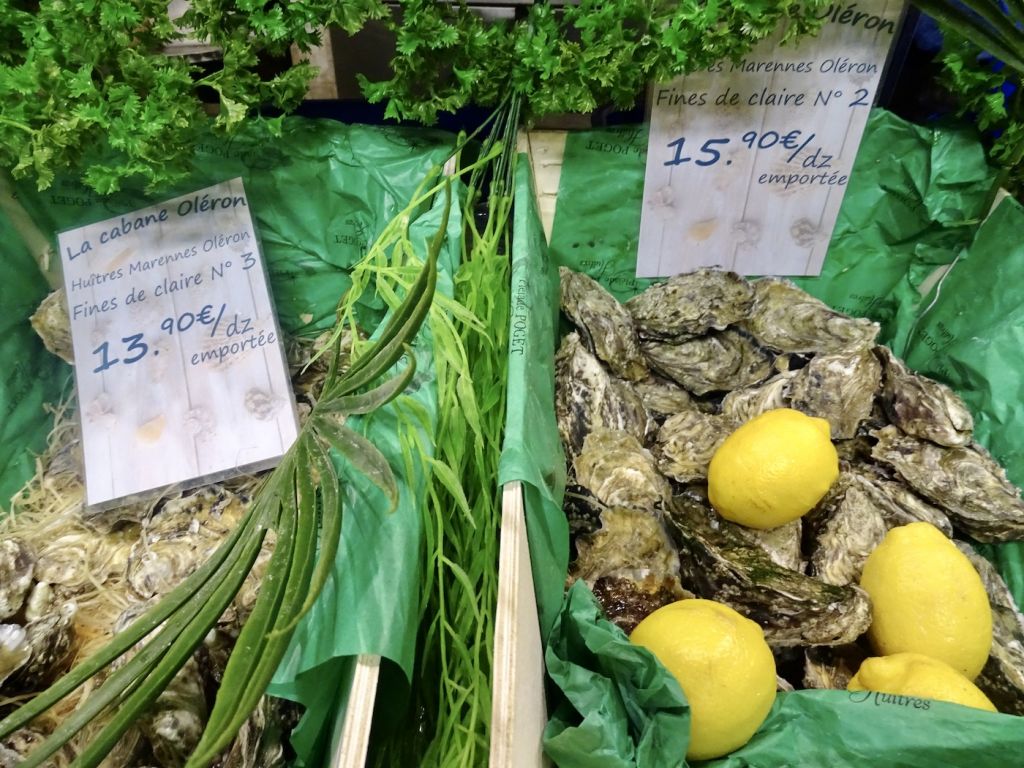
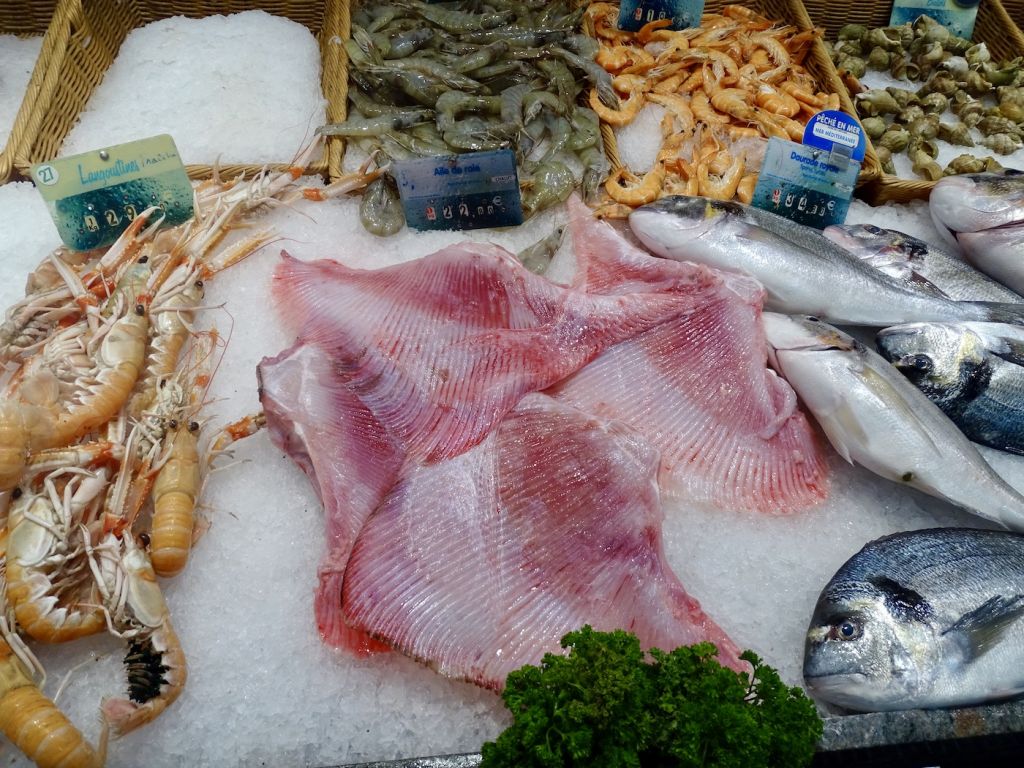
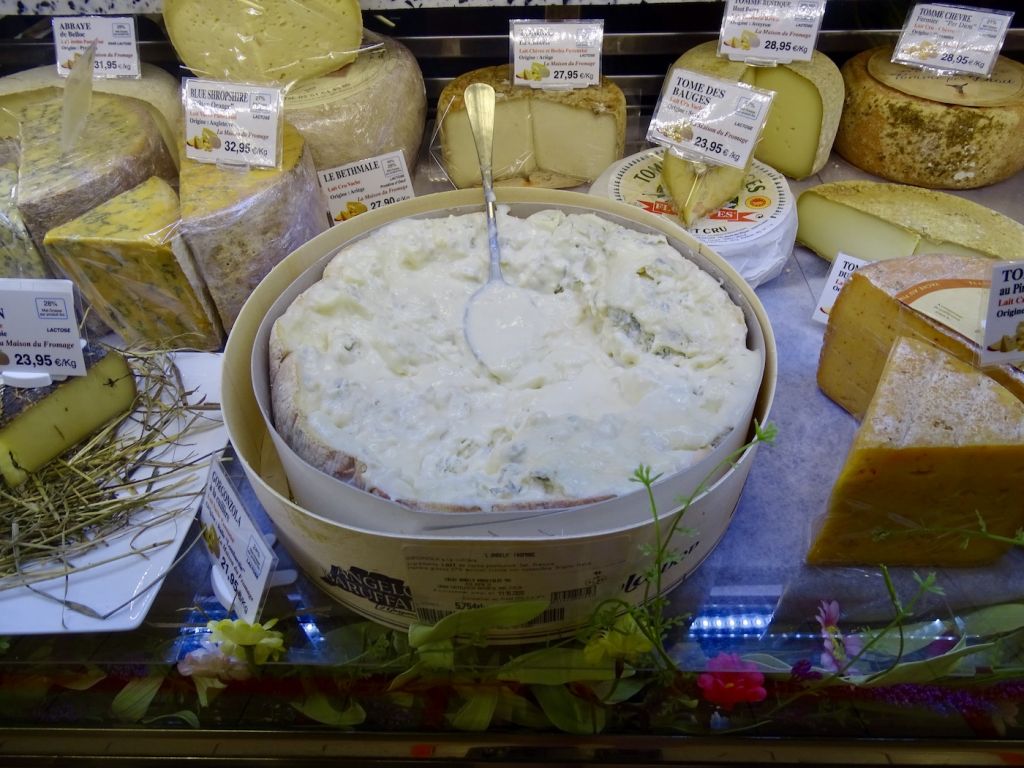
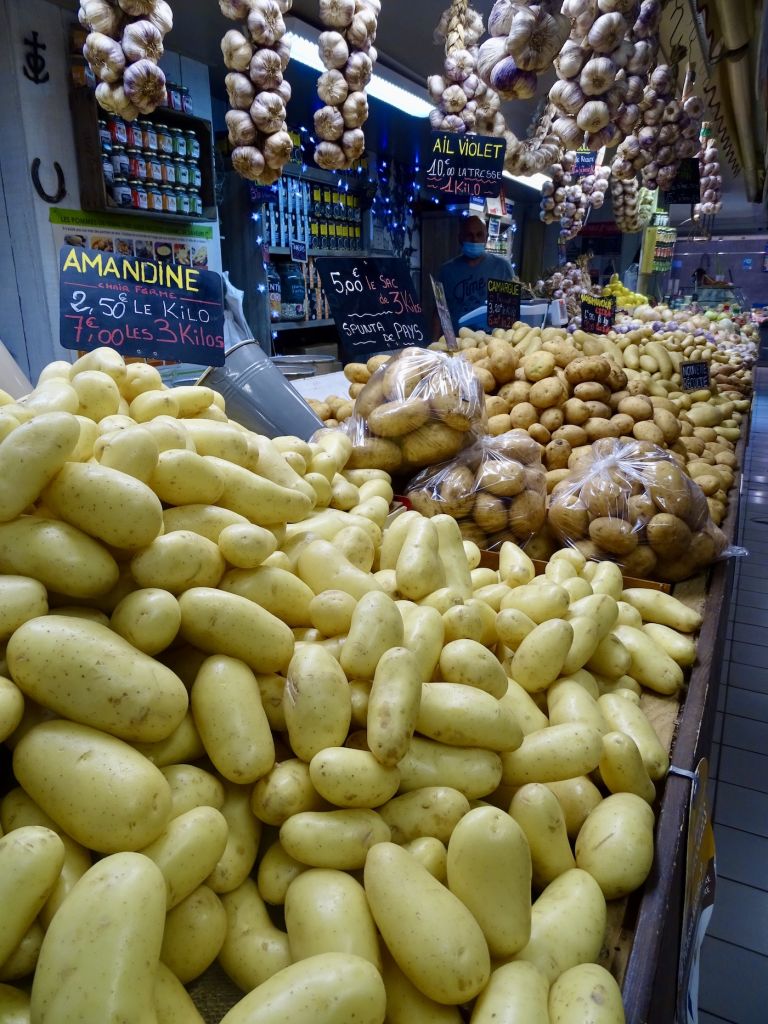
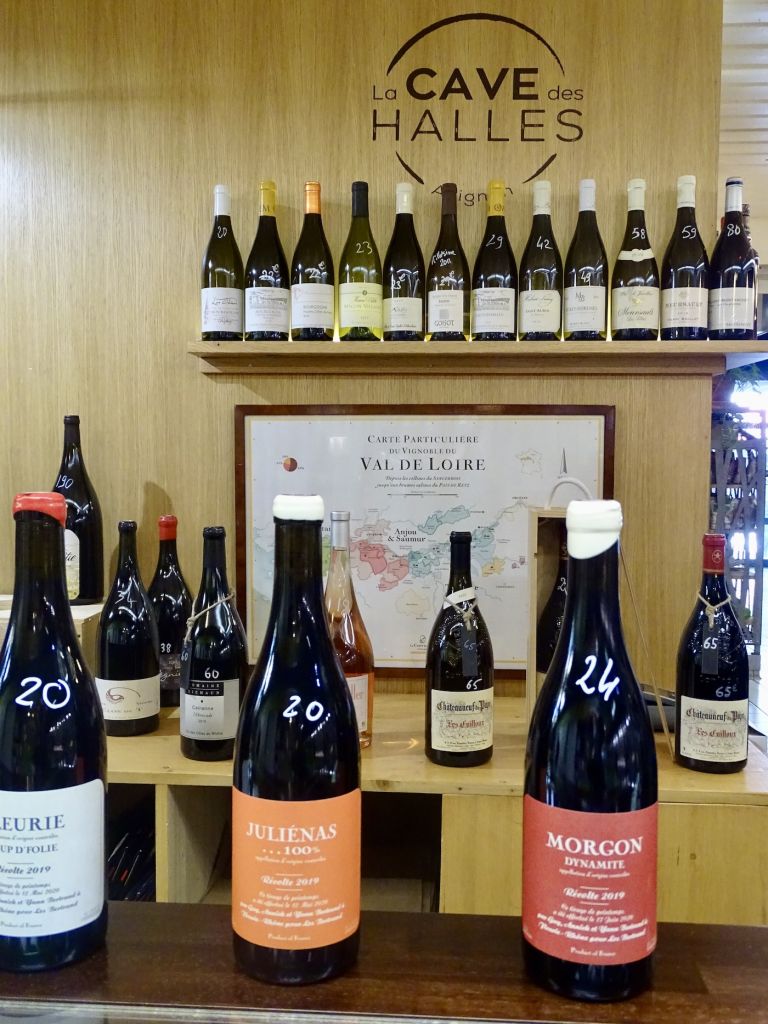
I went for lunch and opted for Chinese food (which was delicious!). Some of the stands have tables indoors, while others have outdoor seating. In Les Halles Market there is a wine bar, several restaurants and an oyster bar. It is good to go early in the morning and try some of the pastries. With so many options it is hard to choose, but I liked the apricot and raspberry tarts, as well as the apple sweets. You can also get a coffee and sit down in the square. The building is green with plants growing on the exterior. Right in front there are huge white flowers and several cafes.
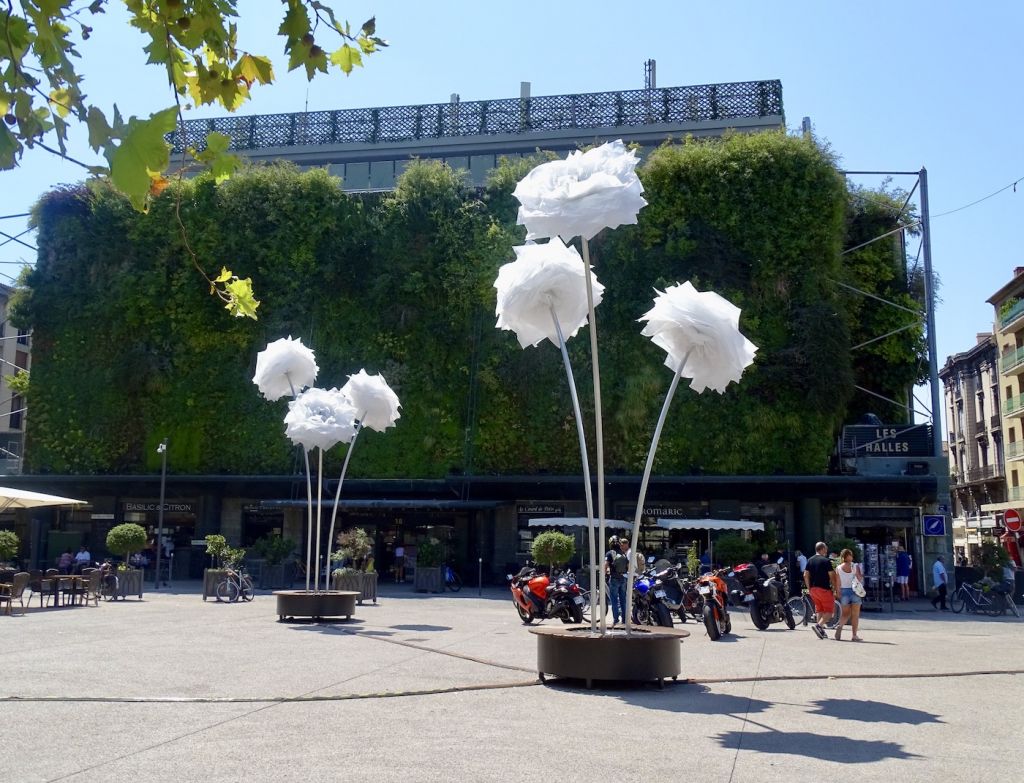

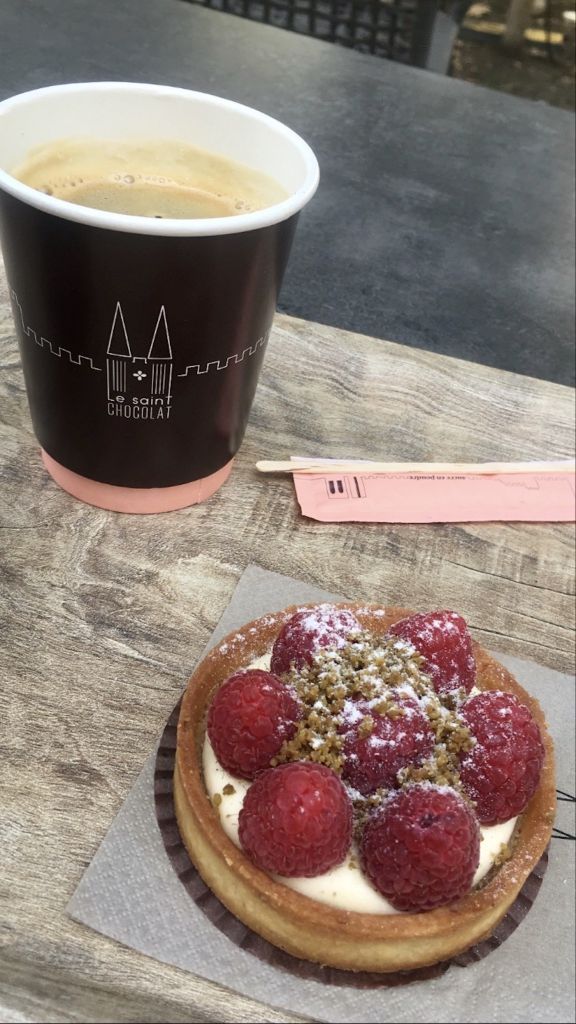

Rue de Teinturiers (Street of Dyers)
I absolutely adored the Rue de Teinturiers! It is a cobblestone street that follows the small water channel called the Sorgue. Between the 14th and 19th century this street was where the textile industry operated in Avignon. There are steel sever waterwheels from that area. In the 16th century cotton print factories provided jobs for cleaners, dyers and tanners.
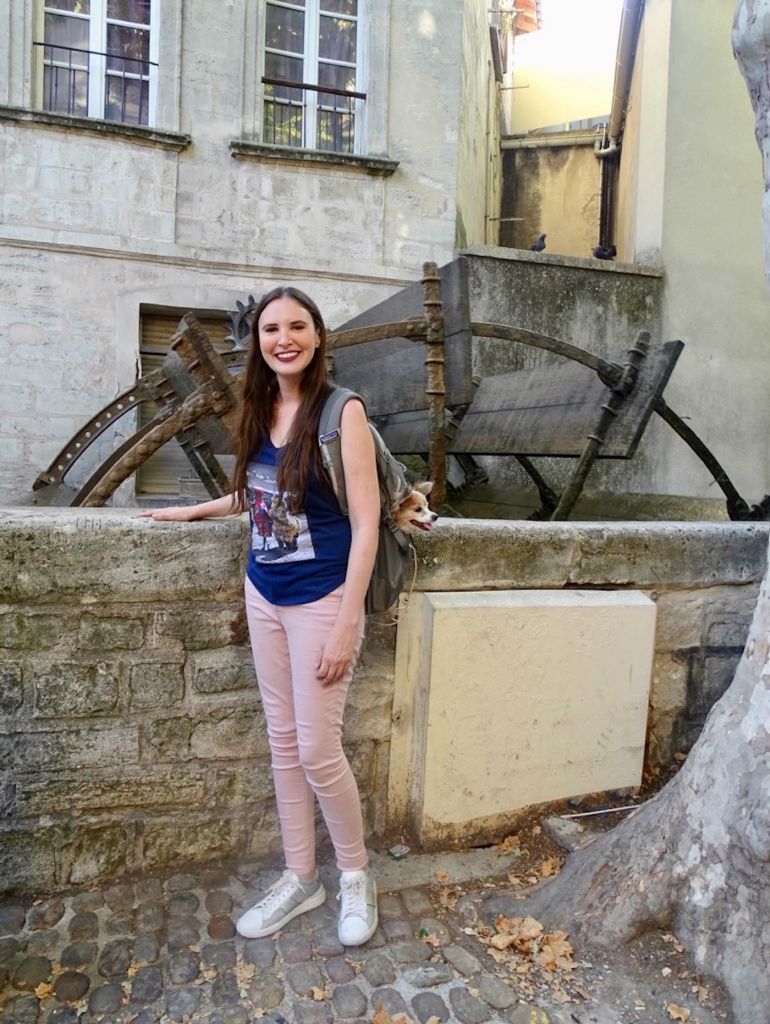
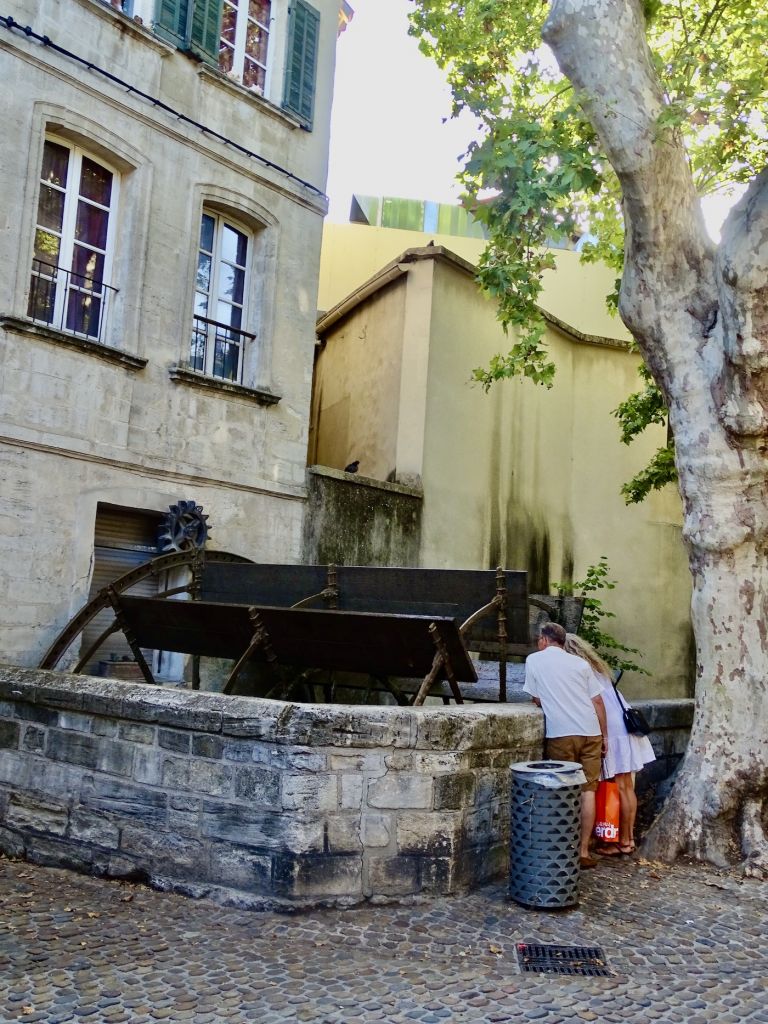
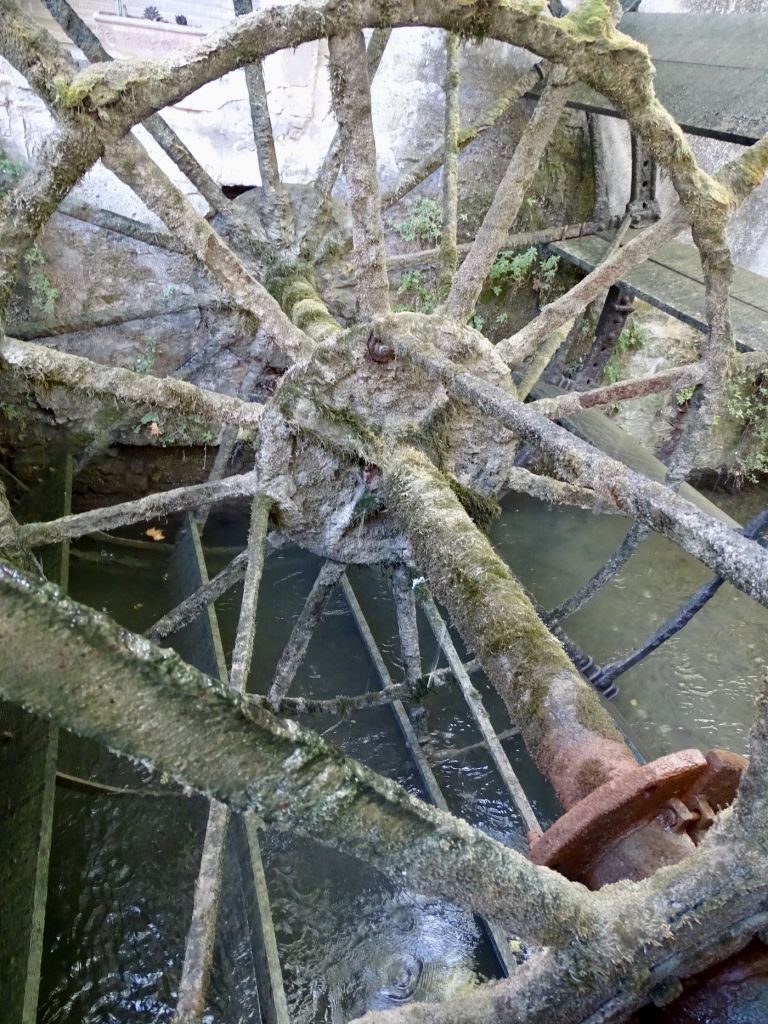
Now the street has plenty of restaurants with outdoor seating full of tourists, especially during the Theatre Festival. I found a craft microbrewery called L’Explo and sat down to enjoy a cold pint.
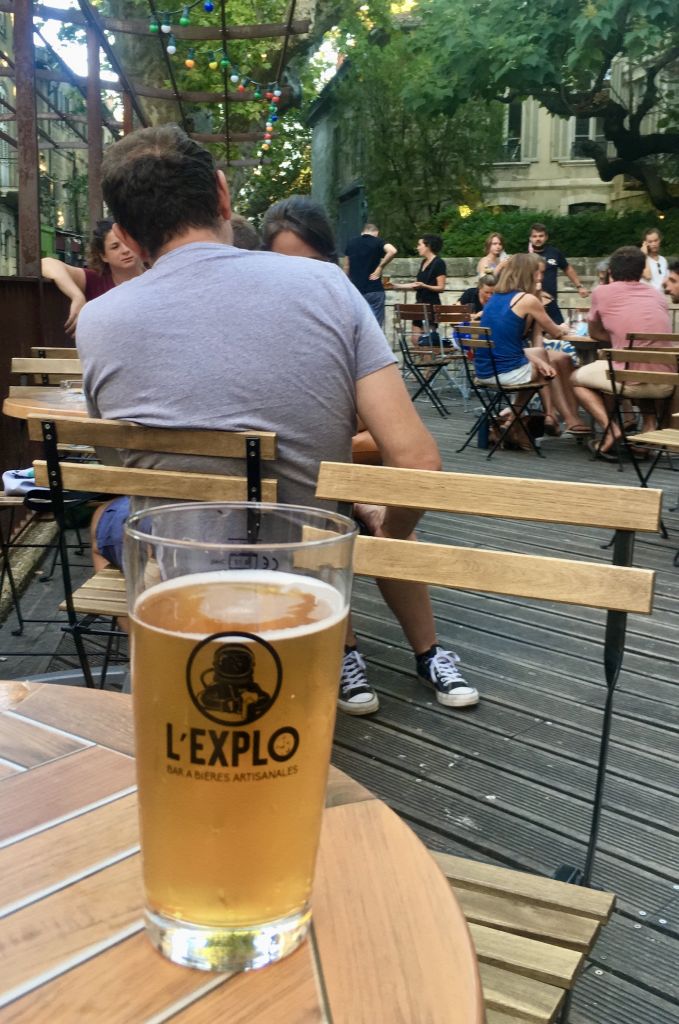
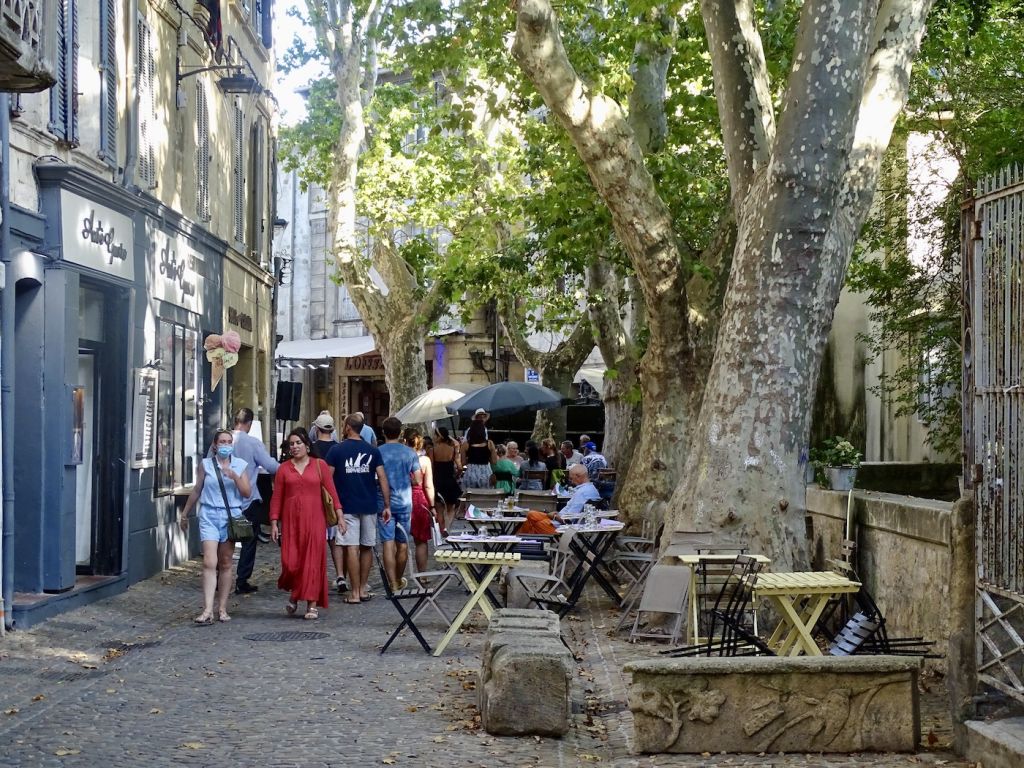
Ferris Wheel
Right by the bank of the Rhône river sits a big Ferris wheel. Board one of its 36 cars for a ten minute ride that reaches a height of 50 meters. Views from up top include the city of Avignon, ramparts, islands, Pont d’Avignon and the Palace of the Popes. This attraction is usually open in the afternoons and nights during the months of July and August.
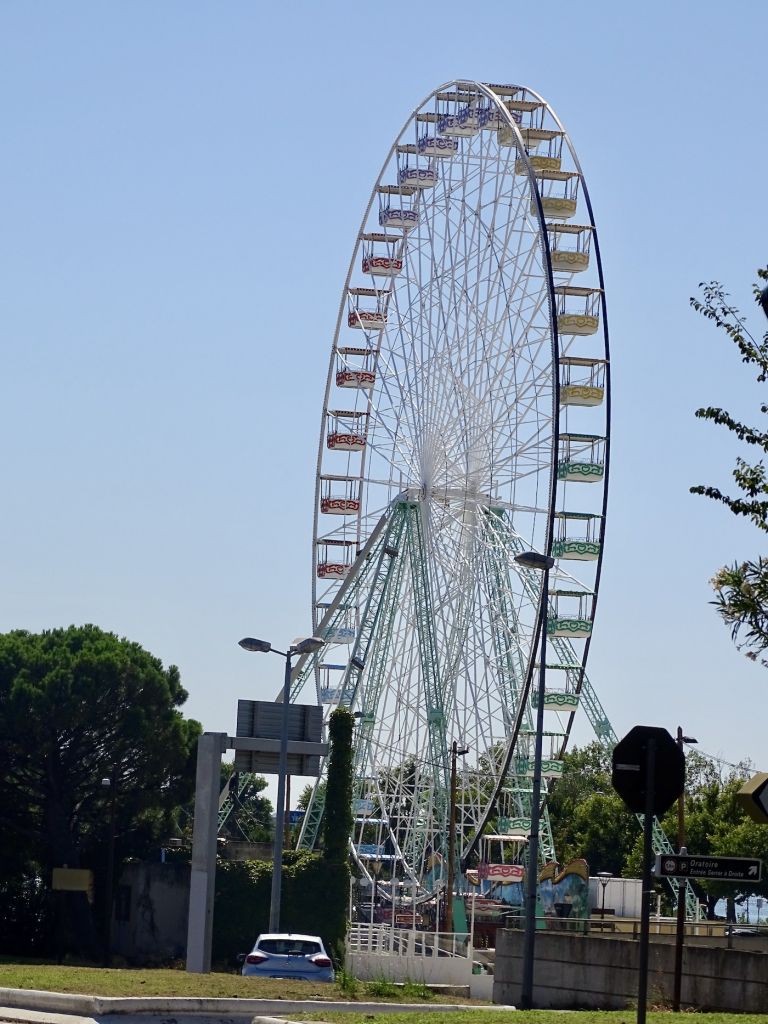
Carousel
The belle époque merry-go-round carousel sits on Place de l’Horloge, the main square of the historical center of Avignon. The City Hall and the Opera-Theatre are right next to it, as well as many cafes and stores. Children and adults can ride on this timeless carousel .
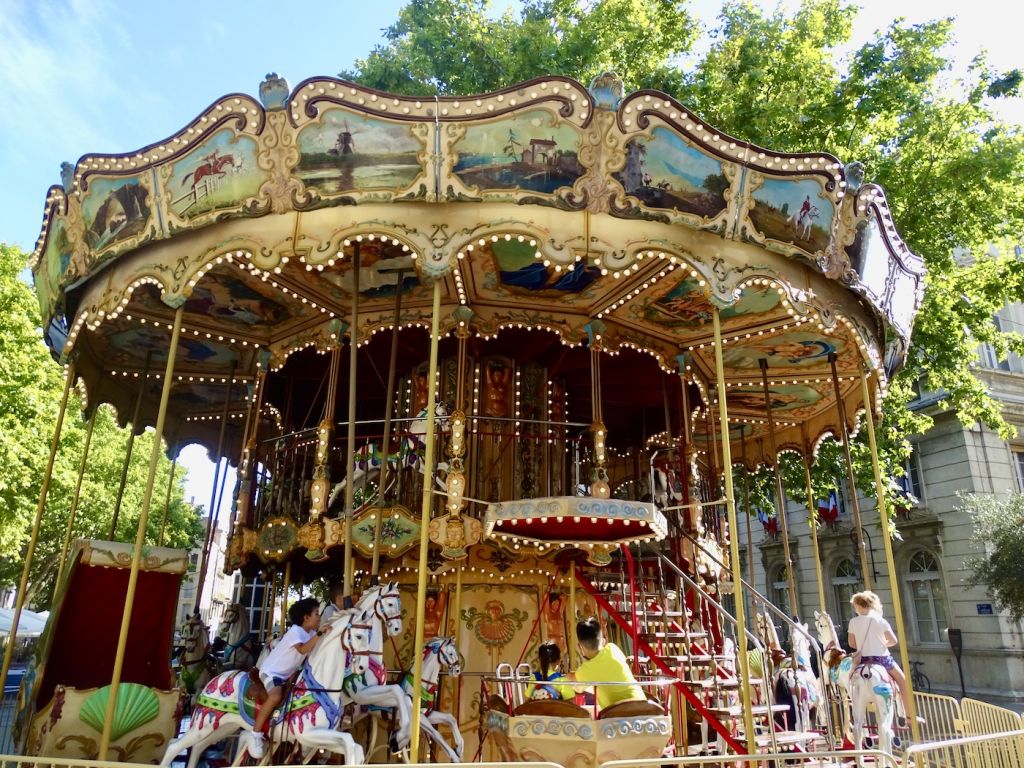
Petit Train Avignon
This small train can be combined with the open top bus in a guided tour available in 10 languages. Cities in Europe require a lot of walking so this is a nice alternative to get on and off as desired. The train circuit includes 19 stops such as the Rocher des Doms, Palace of the Popes and medieval streets.


Museums
Musee du Petit Palais opens daily (except Tuesdays) from 10 a.m. to 6 p.m. closing for lunch between 1 and 2 p.m. Entering this museum has no cost. The building used to be the palace of Cardinal Arnaud de Via (who died in 1335), nephew of Pope John XXII, then it was rebuilt in the late 15th century by the archbishop Julien de la Rovère, future Pope Jules II. Since 1976 it has been a museum, housing collections of Renaissance paintings of the Avignon school (Calvet Museum), medieval sculptures from the 12th to 16th centuries and over 300 Italian primitives that used to be part of Giampietro Campana’s collection.
The Calvet Museum is the main museum in Avignon. It is split between two buildings, with the fine artes housed in the Hôtel de Villeneuve-Martignan and a separate Lapidary Museum in a former Jesuit college chapel on rue de la République. This museum has the same schedule as the Musee du Petit Palais. Its collection is quite diverse, ranging from Egyptian and archeology, to decorative arts and ethnology.


